- You are here:
- Homepage
- Events
- Innovation in Prisons Infrastructure Conference (IPIC)
- Facility Visits

The General Directorate of Prisons and Detention Houses in Türkiye has arranged facility visits to:
- Marmara Women Closed Prison and Marmara Open Type Prison;
- Ümraniye T Type Closed Prison and Istanbul Juvenile Reformatory House (Juvenile Open Type);
- Kocaeli F Type High Security Closed Prison and Kocaeli Open Prison;
- Maltepe Juvenile Closed Prison and Maltepe Open Prison;
- Sakarya L Type Closed Prison and Sakarya Open Prison.
For those staying on after the conference you can indicate which facility you would like to visit when registering online for this event, but please note that this is not a booking - you can only sign-up at the venue please note that spaces are limited.
Schedule
| 09.00 - 12.45 | Maltepe Juvenile and Maltepe Open |
| 09.00 - 13.00 | Ümraniye T Type and İstanbul Juvenile Open |
| 07.45. - 11.45 | Kocaeli F Type High Security and Kocaeli Open |
| 07.30 - 12.00 | Marmara Women Close and Marmara Open |
| 07.30 - 11.30 | Sakarya L Type and Sakarya Open |
*Since Bosphorus boat tour is optional, there will also be tranportation to hotel for the ones who don’t want to attend boat tour.
Marmara Women Closed Prison and Marmara Open Type Prison
Marmara Women Closed Prison is located 76 km from İstanbul province and 12 km from Silivri district and was established on a surface area of 33612 m2. The total capacity of female prisoners is 510. The rooms where the prisoners are held consist of three blocks, namely A, B and C blocks. In Block B, there are four sections with two bunk beds accommodating a total of 24 persons, designed for mothers staying with their children, with a capacity of 6 individuals in each. There is also a children's playground in each section. B Block, which is characterized as a high security section, has a total of 102 single rooms and a total of 8 common activity areas, each one per unit. There is an indoor multi-purpose sports hall belonging to our institution and prisoners can benefit from these sports halls at specified hours. There are two main branches of work, bag and textile, and there are 4 ateliers affiliated to the workshop.
In Marmara Women Closed Prison, prisoners are allowed to see their visitors in closed visit areas in the time of working hours during the week, which are arranged separately for each room, not less than half an hour and not more than one hour. In Marmara Women Closed Prison, monthly spouse and child visits are conducted in the first week of each month and friend visits are conducted in the last week of each month. In addition, a heating system was established in our institution with the support of 176 solar panels. It will also be possible to visit the open prison during this programme.
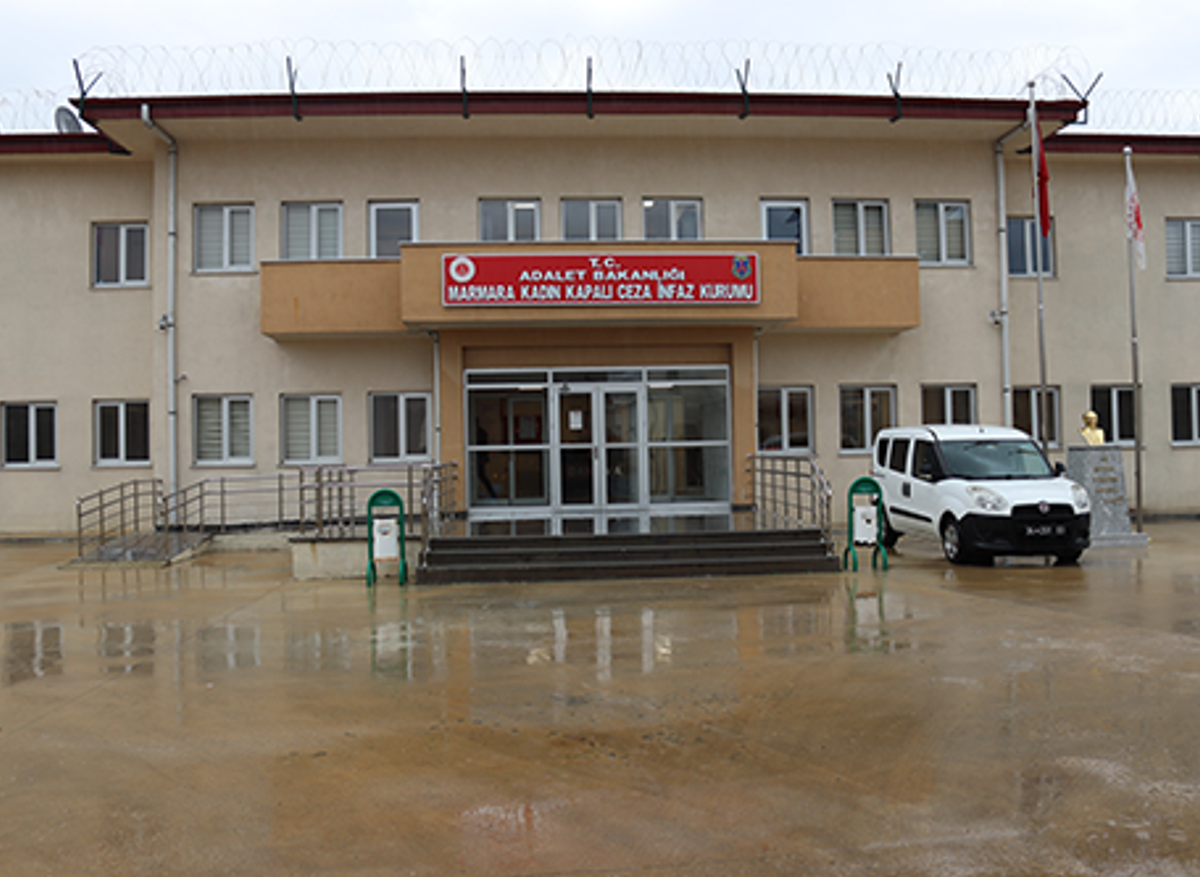
Marmara Women Prison

Marmara Women Prison
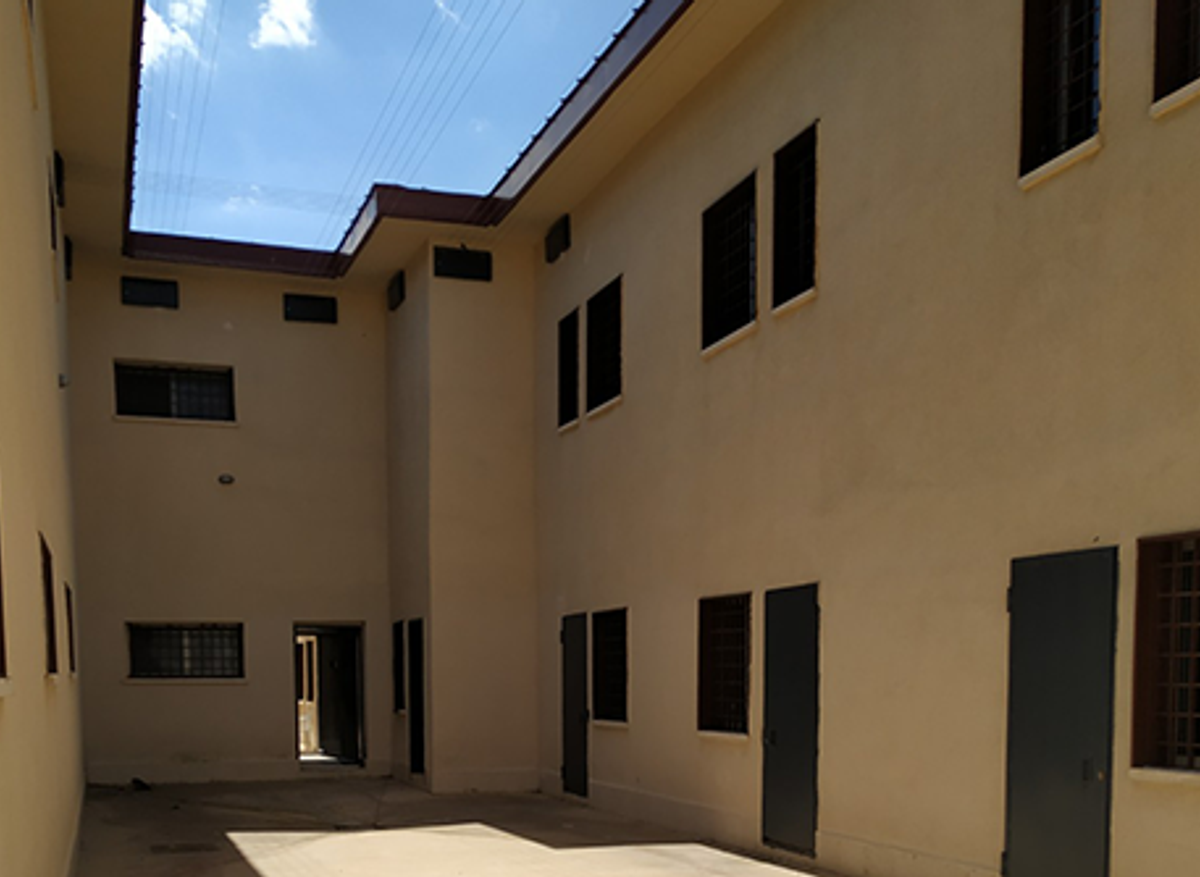
Marmara Women Prison
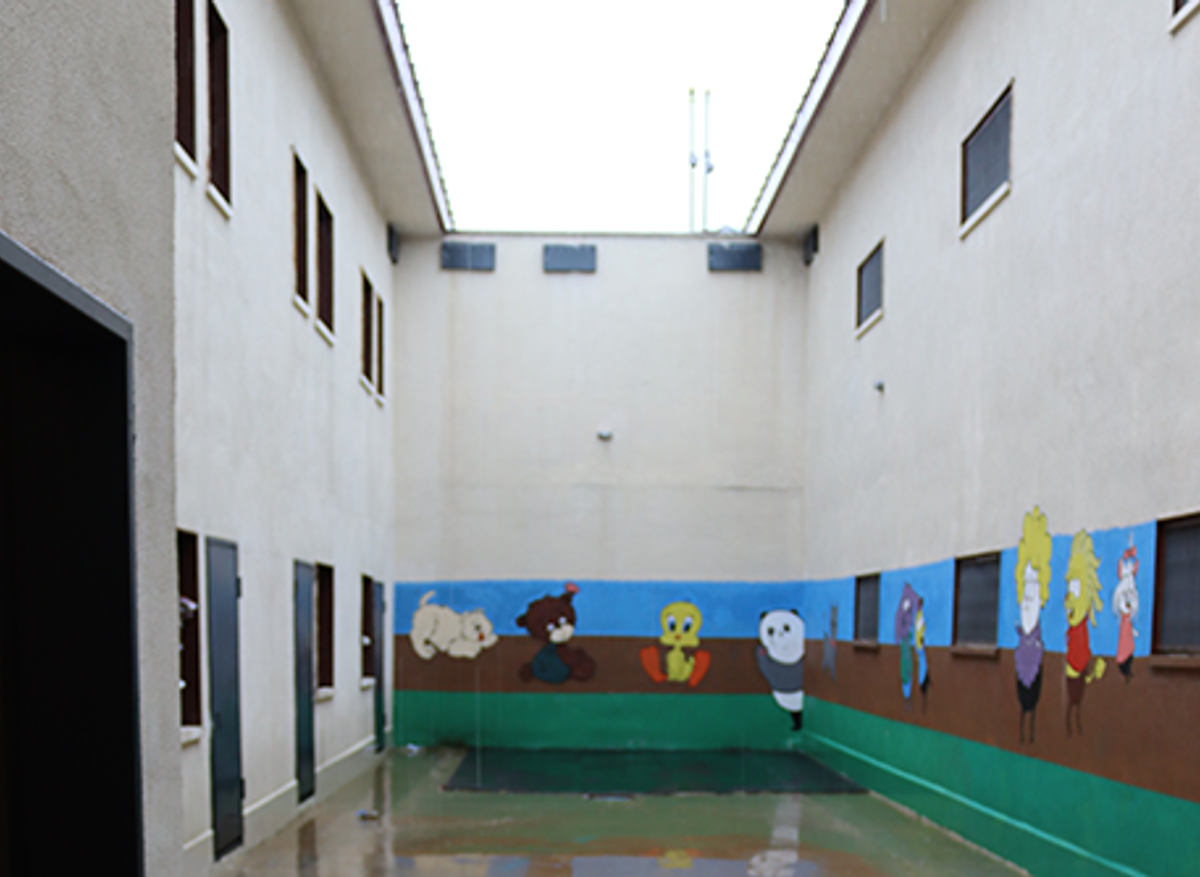
Marmara Women Prison
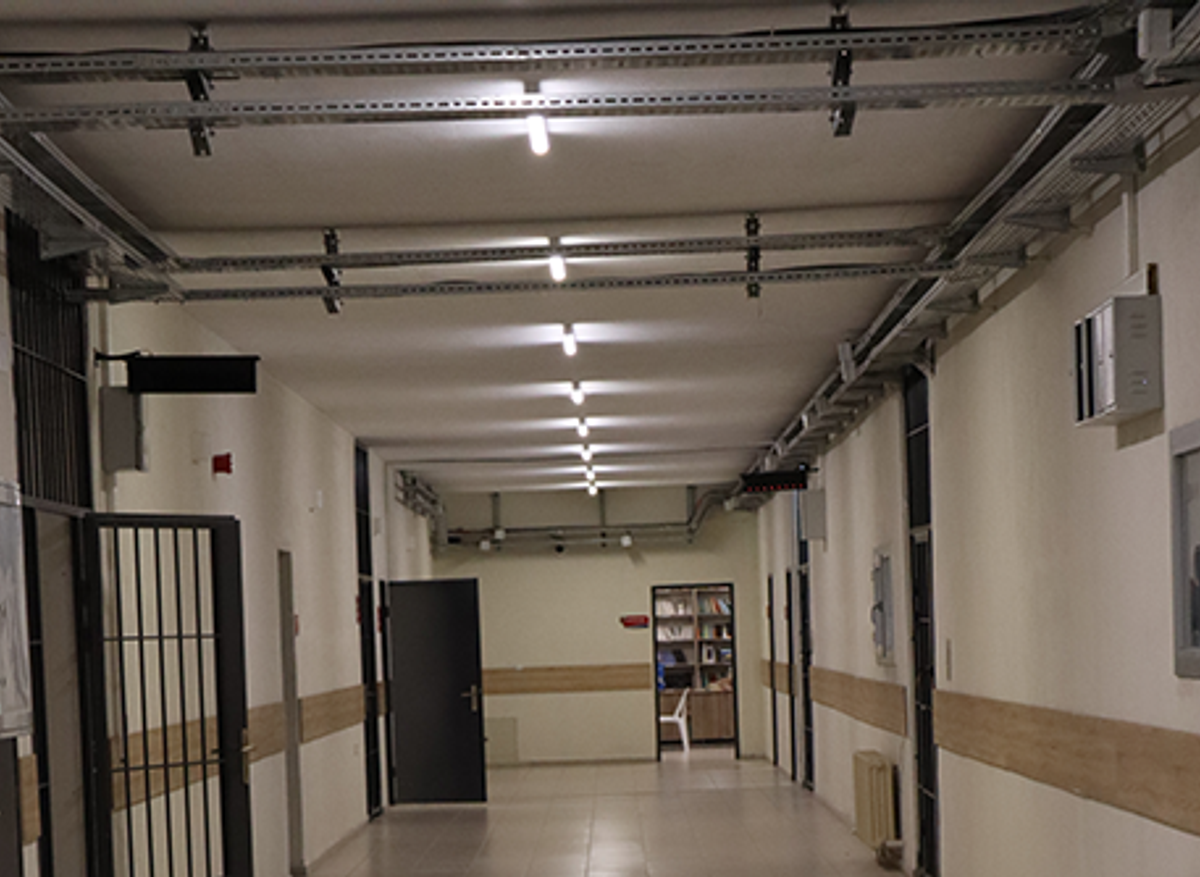
Marmara Women Prison
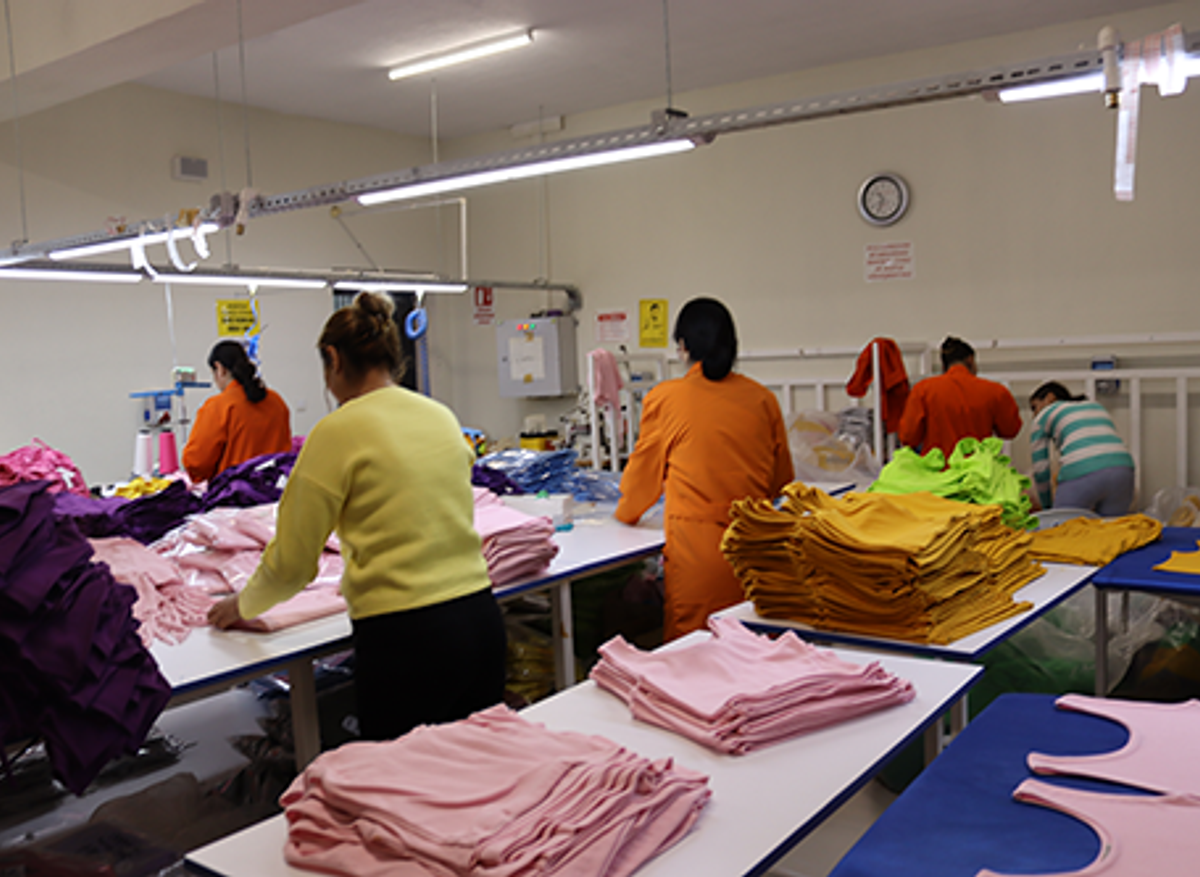
Marmara Women Prison
Ümraniye T Type Closed Prison and Istanbul Juvenile Reformatory House (Juvenile Open Type)
Ümraniye T Type Closed Prison became operational in 2010. It is approximately 15 kilometres away from the hotel where the conference will be held and within the borders of İstanbul province. It is within the Ümraniye Prisons Campus. There are 3 prisons in Ümraniye Prisons Campus, these are 1 T type prison, 1 E type prison and 1 juvenile reformatory house (open prison).
The prison is a high security prison in terms of technical and physical details.
External observation and control of the institution is carried out by gendarmerie personnel working in 9 gendarmerie watchtowers.
There are 71 MMCs installed in the institution within the scope of ACEP Project. Prisoners can make audio and video calls, canteen shopping, online payments and many other services digitally through these devices.
İstanbul Juvenile Reformatory House (Juvenile Open Type) became operational in 2014. It is approximately 15 kilometres away from the hotel where the conference will be held and within the borders of İstanbul province. It is within the Ümraniye Prisons Campus. There are 3 prisons in Ümraniye Prisons Campus, these are 1 T type prison, 1 E type prison and 1 juvenile reformatory house (open prison).
The institution has 14.584 m² covered area, 13.888 m² general area and consists of 2 buildings, namely the administrative building and the visit admission building. There are 6 blocks named A, B, C, D, E, F in the administrative building.
In the institution where only convicted juveniles between the ages of 12-18 are accommodated, education and training-oriented services are provided. If the juvenile continues their education, they can stay in this institution until the age of 21.The institution has a total of 144 rooms, each for one person. Juveniles are constantly engaged in workshops, courses, education, training and social activities outside their rooms between 08.00 in the morning and 08.00 in the evening.
Besides, there are 10 MMCs installed in the institution within the scope of ACEP Project. Prisoners can make audio and video calls, canteen shopping, online payments and many other services digitally through these devices.
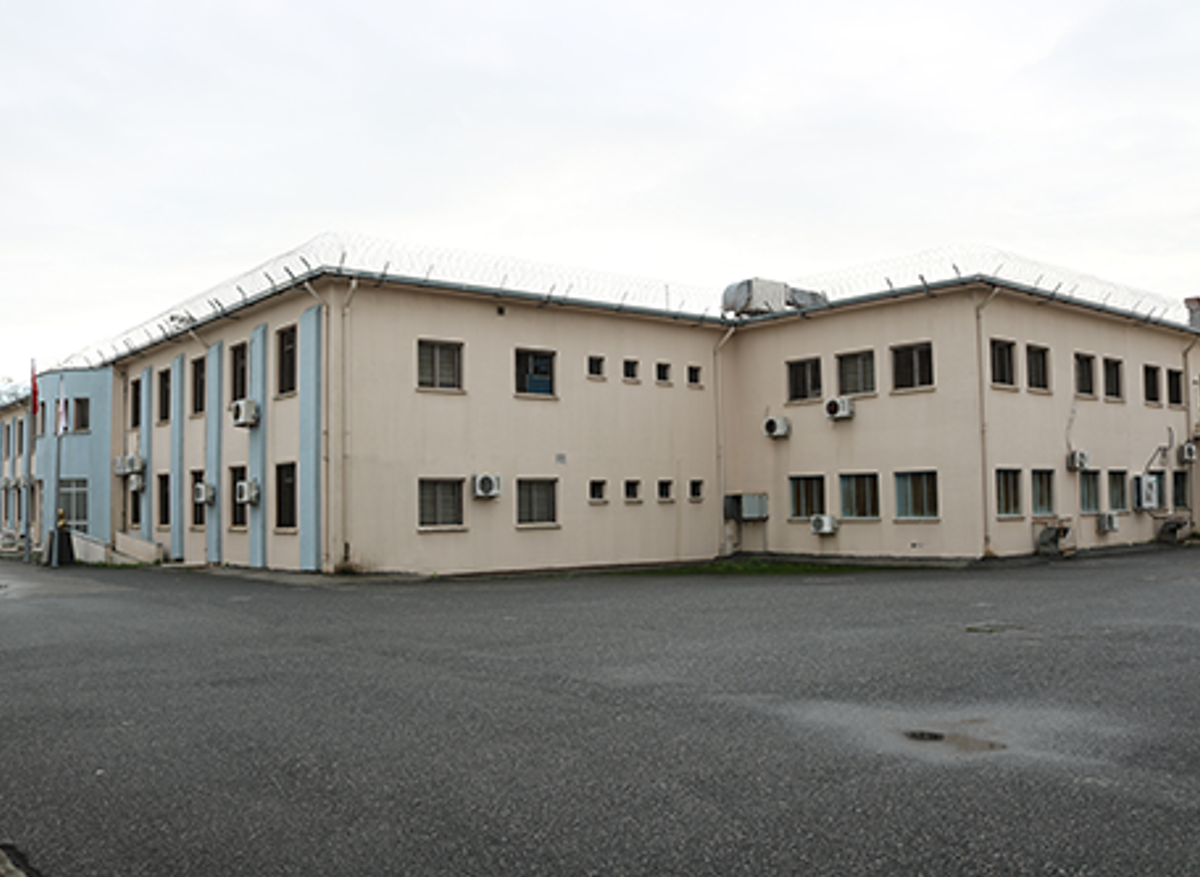
Ümraniye T Type Closed Prison

Ümraniye T Type Closed Prison

Ümraniye T Type Closed Prison
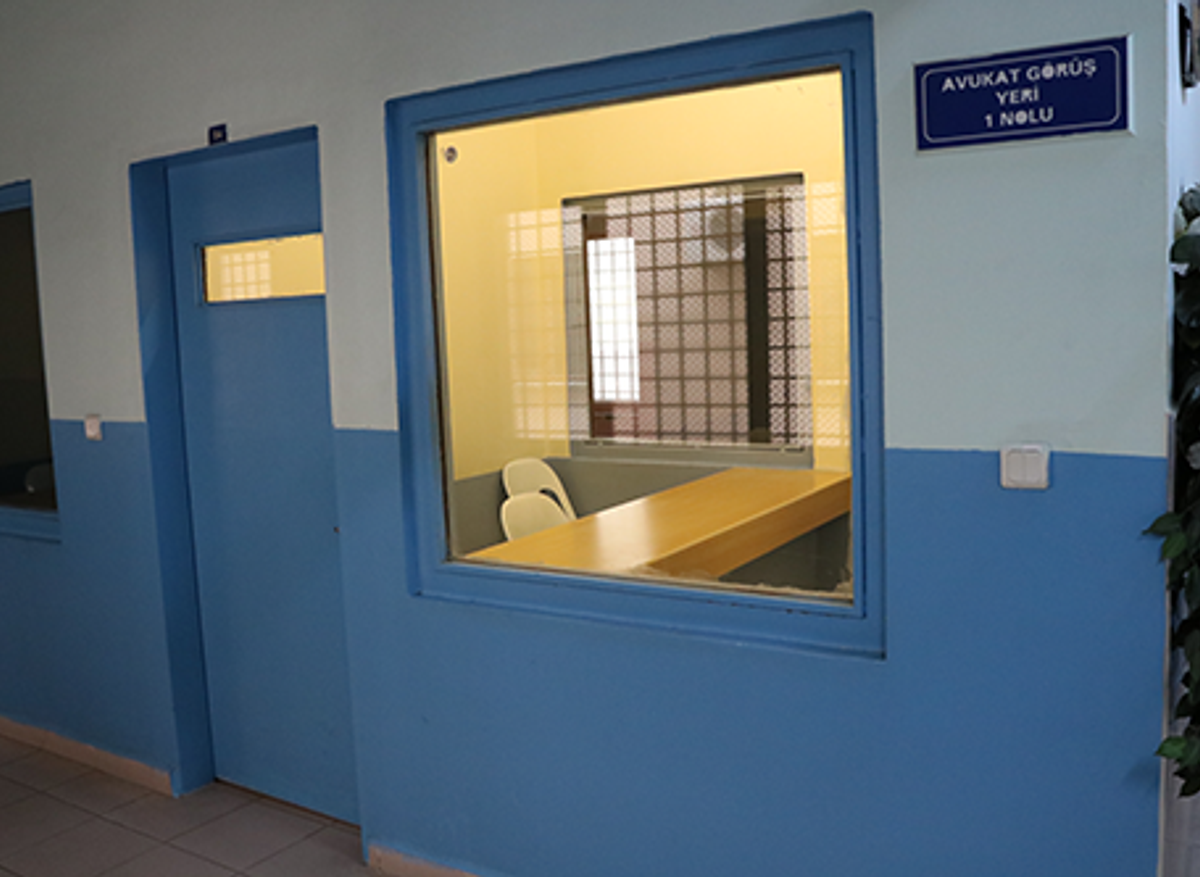
Ümraniye T Type Closed Prison

Ümraniye T Type Closed Prison
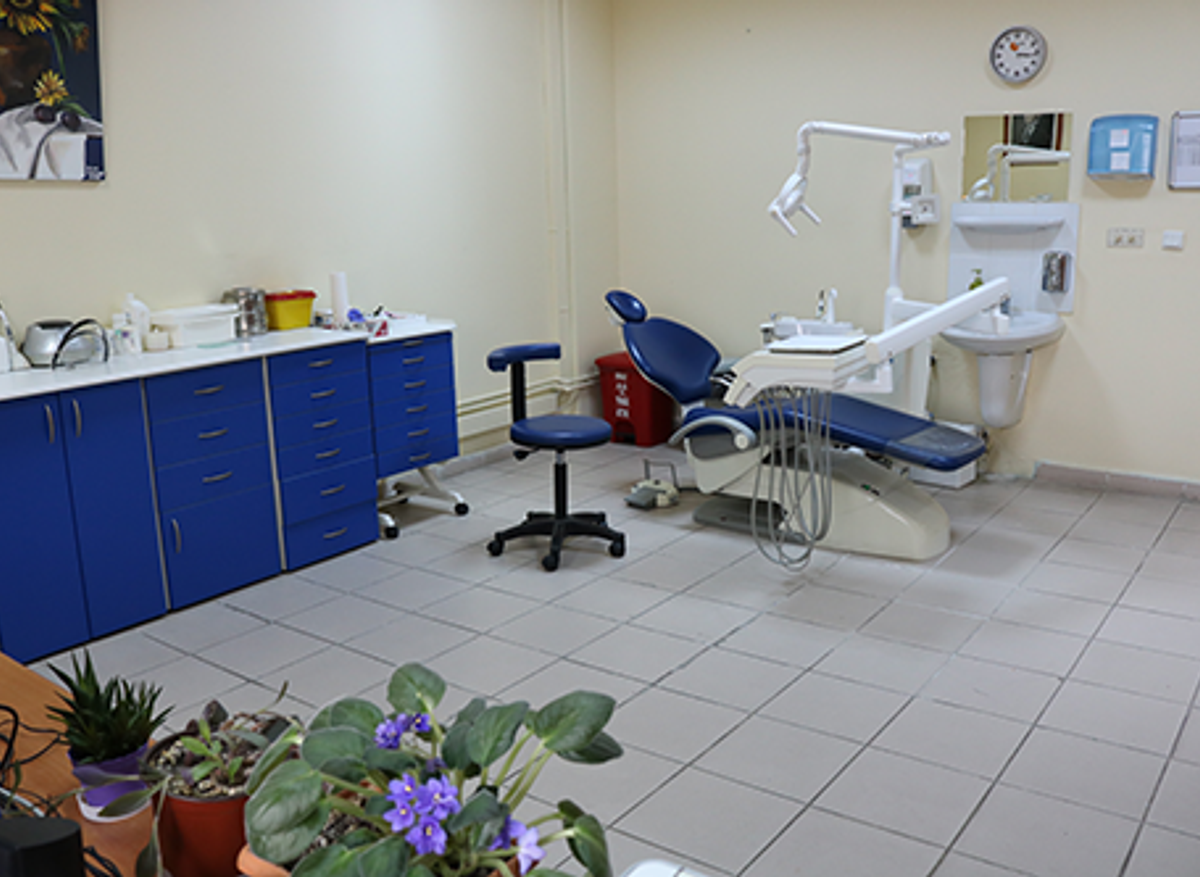
Ümraniye T Type Closed Prison
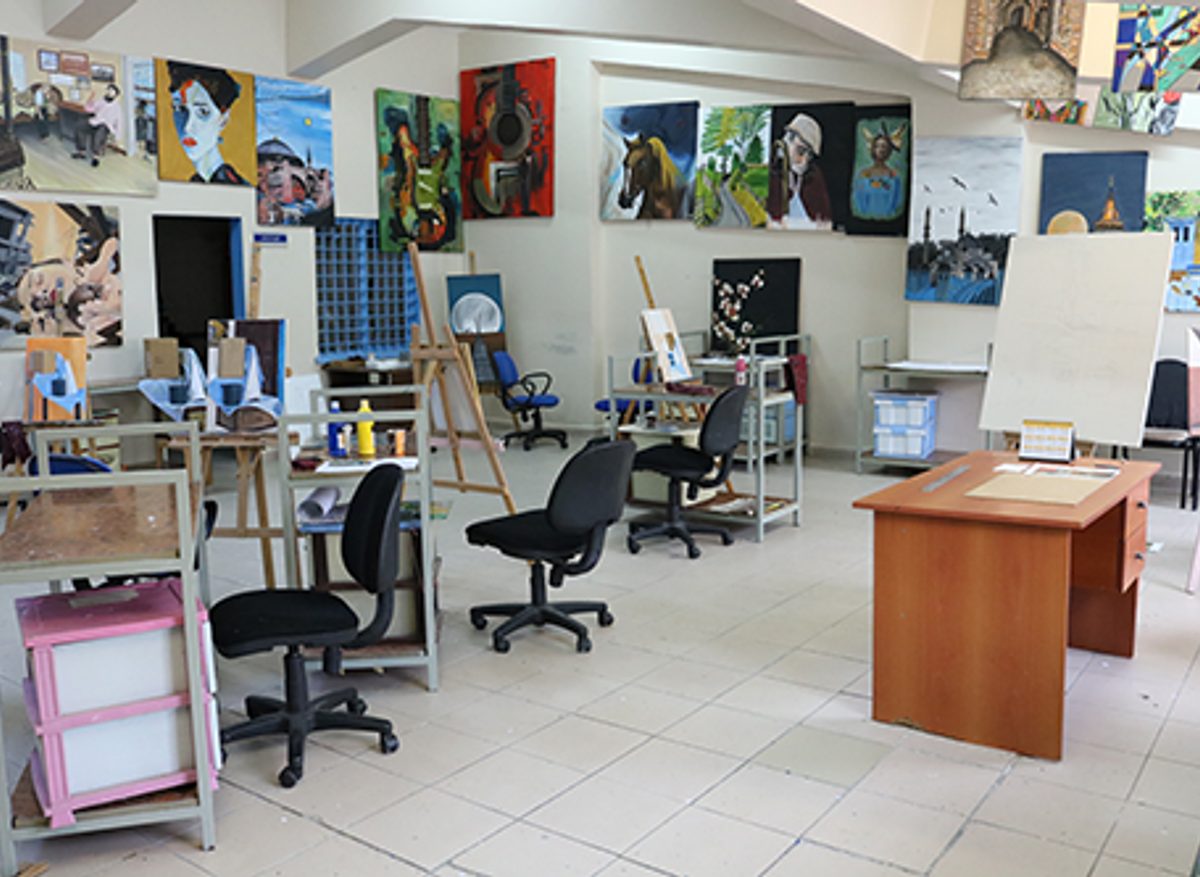
Ümraniye T Type Closed Prison

İstanbul Juvenile Reformatory House
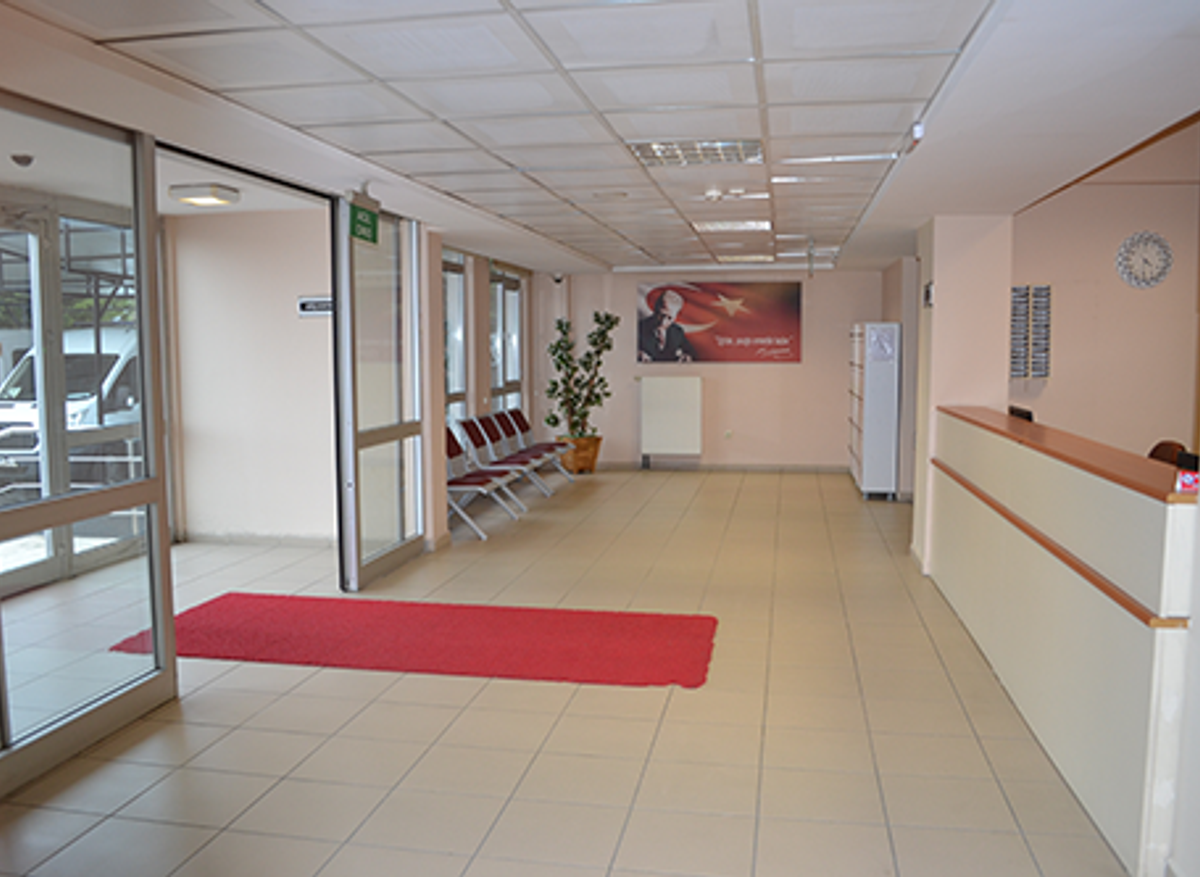
İstanbul Juvenile Reformatory House
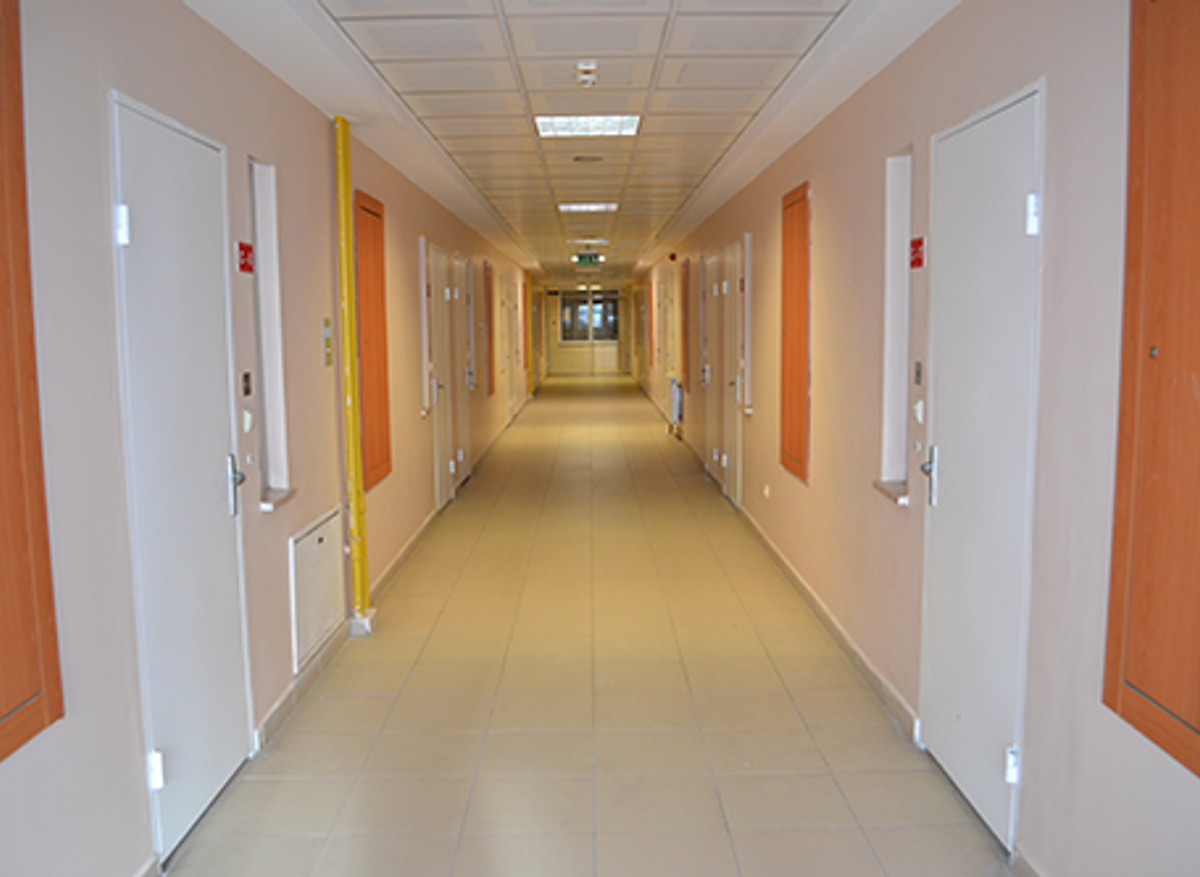
İstanbul Juvenile Reformatory House
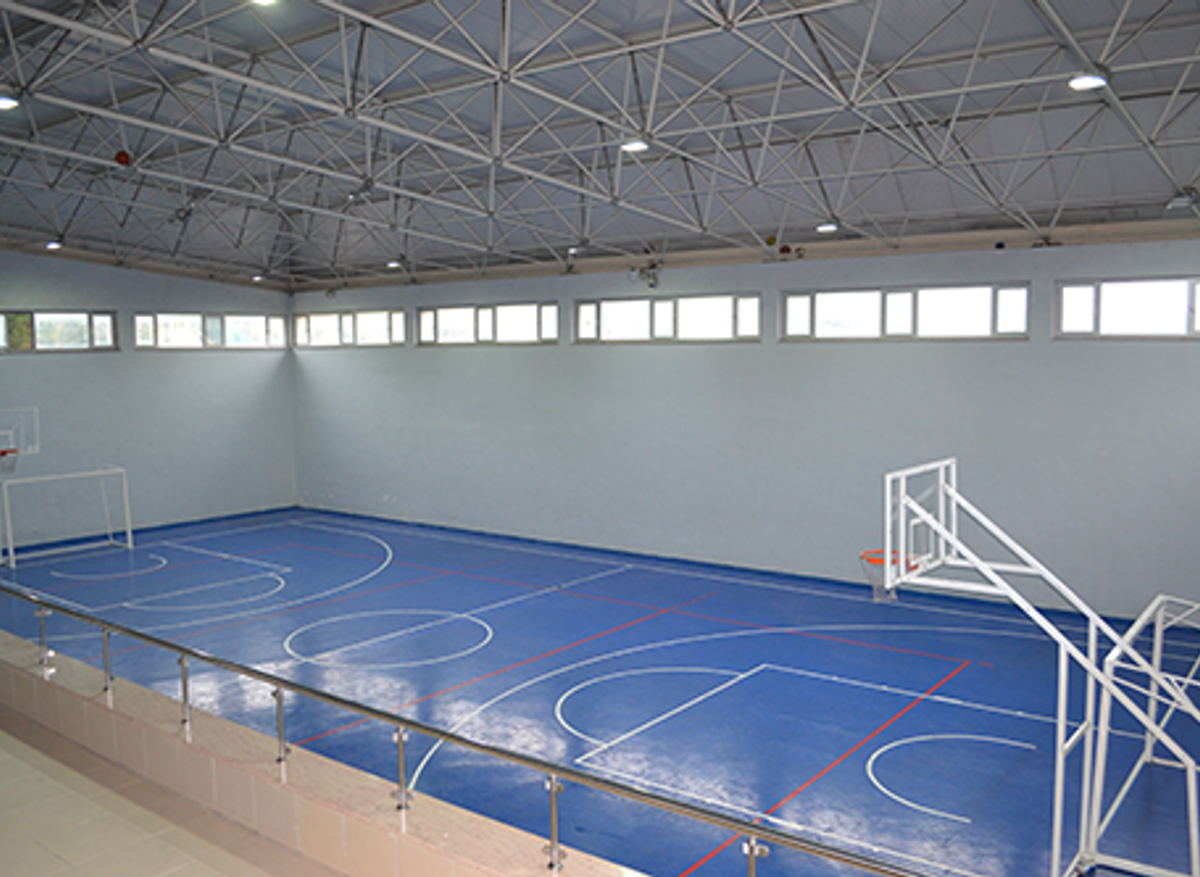
İstanbul Juvenile Reformatory House
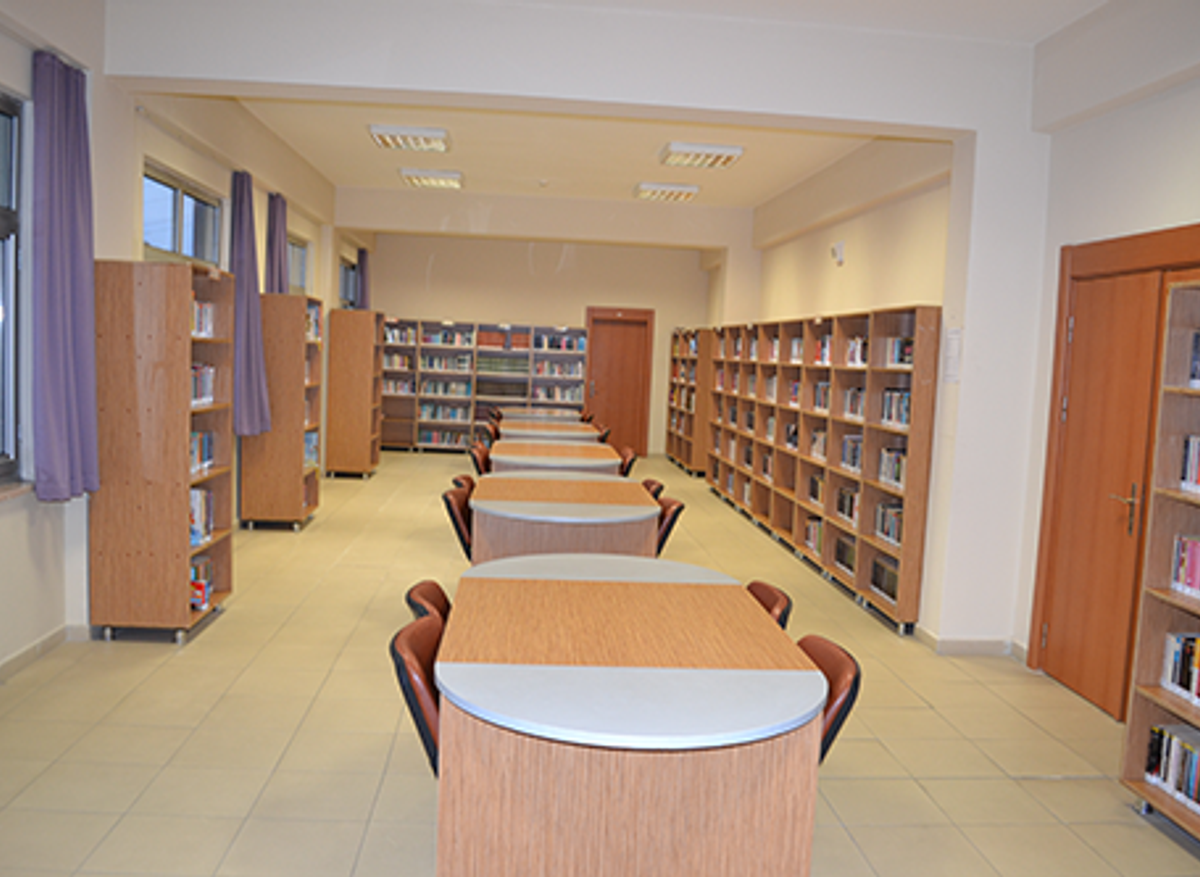
İstanbul Juvenile Reformatory House
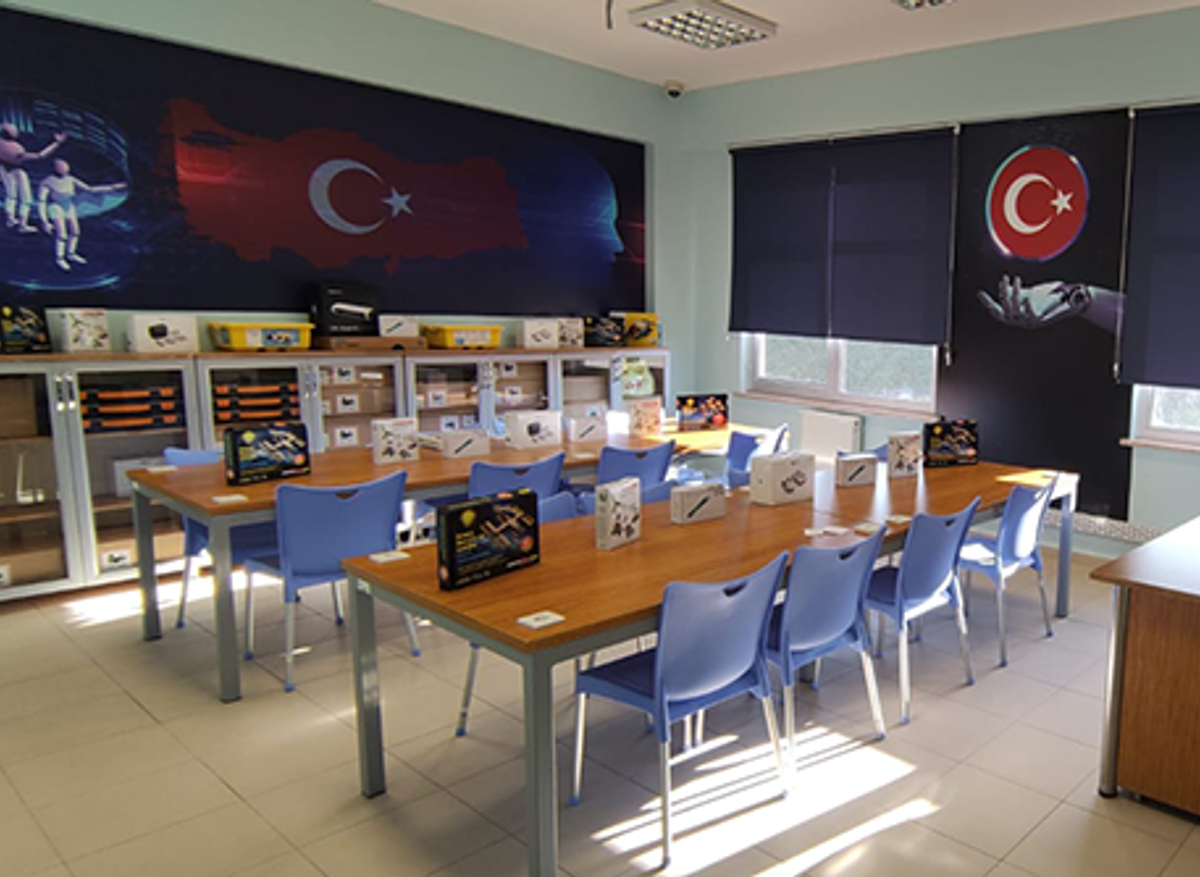
İstanbul Juvenile Reformatory House
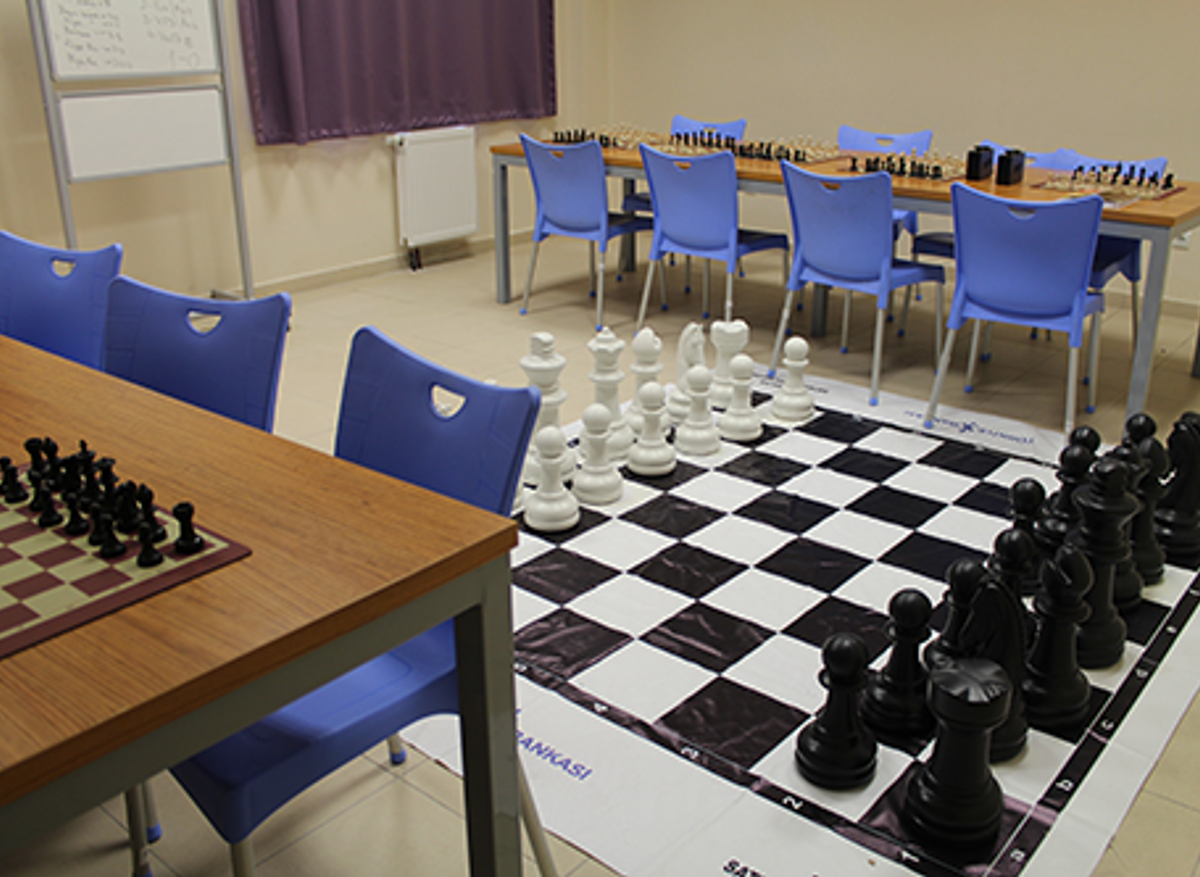
İstanbul Juvenile Reformatory House
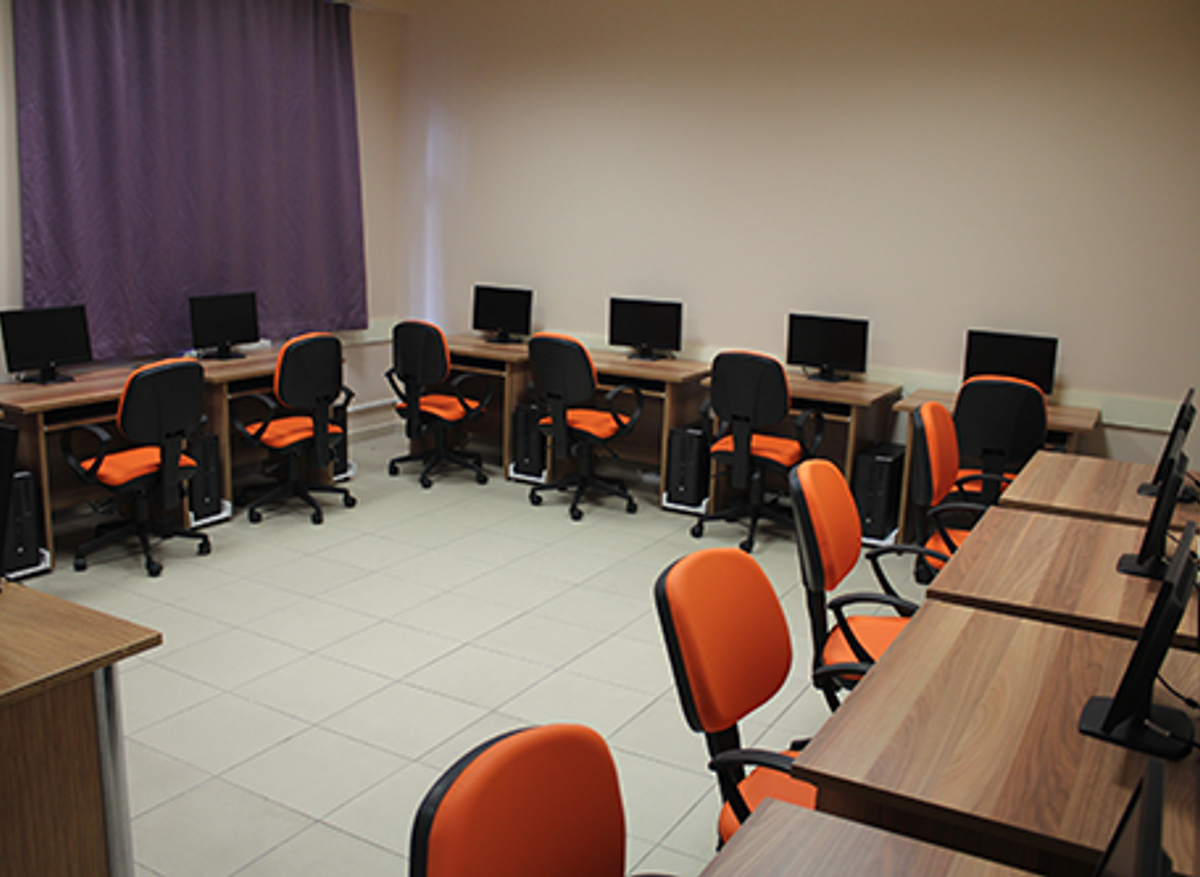
İstanbul Juvenile Reformatory House

İstanbul Juvenile Reformatory House
Kocaeli F Type High Security Closed Prison and Kocaeli Open Prison
Kocaeli F Type High Security Closed Prison became operational in 2003. It is approximately 110 kilometres away from the hotel where the conference will be held and within the borders of Kocaeli province. It is within the Kocaeli Prisons Campus. There are 5 prisons in Kocaeli Prisons campus, these are 2 T type prisons, 2 F type high security prisons and 1 open prison.
The Prison is built on an area of 14.280 m2 open area and 35.720 m2 closed area, in total 50.000 m2. The prison consists 103 rooms for 3-person and 61 single rooms. Total capacity is 368 prisoners.
3-person rooms are 50 m2 in total, area of downstairs is 25 m2 and area of upstairs is 25 m2. The open air area of the 3-person rooms is 50 m2. Single rooms are 10 m2, 2 or 3 rooms next to each other use the same open air area. The open air area of single rooms varies between 42 and 50 m2. It will also be possible to visit the open prison during this programme.
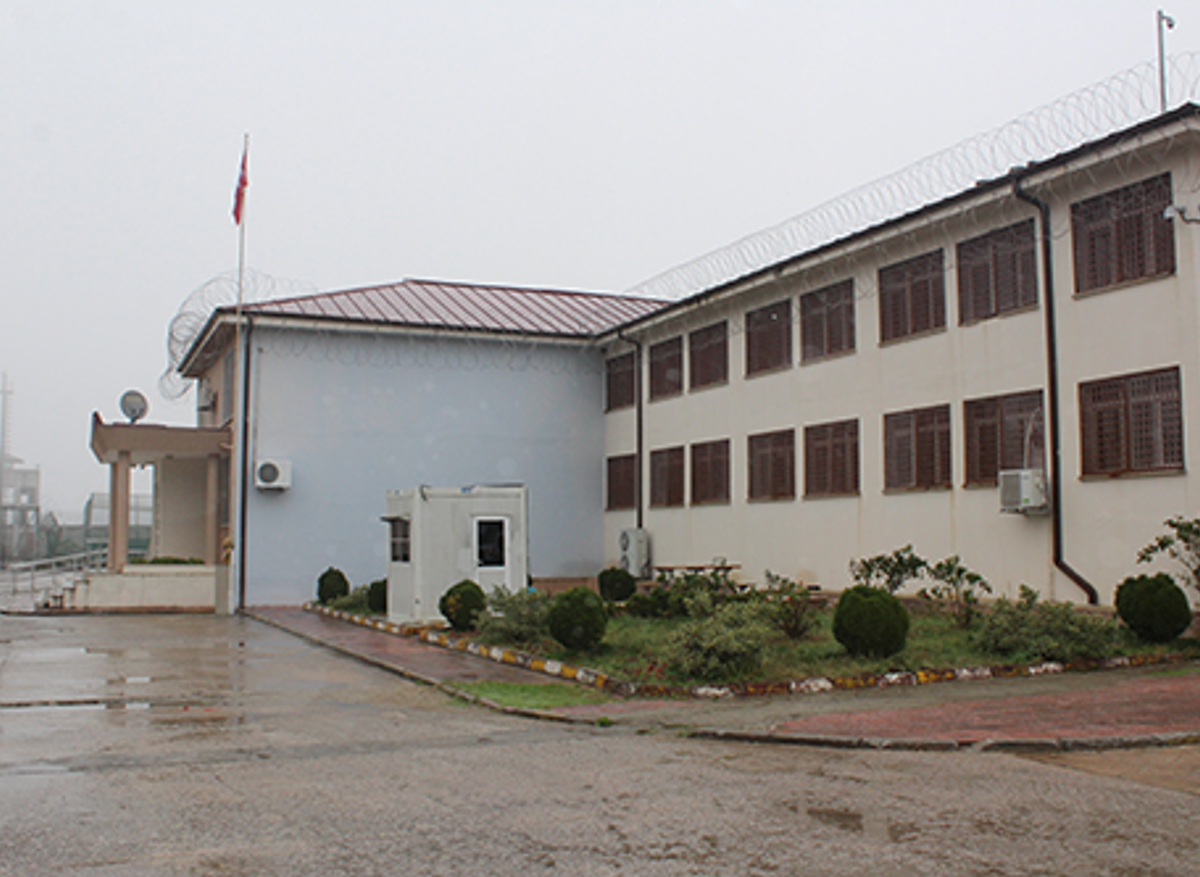
Kocaeli F Type High Security Closed Prison and Kocaeli Open Prison
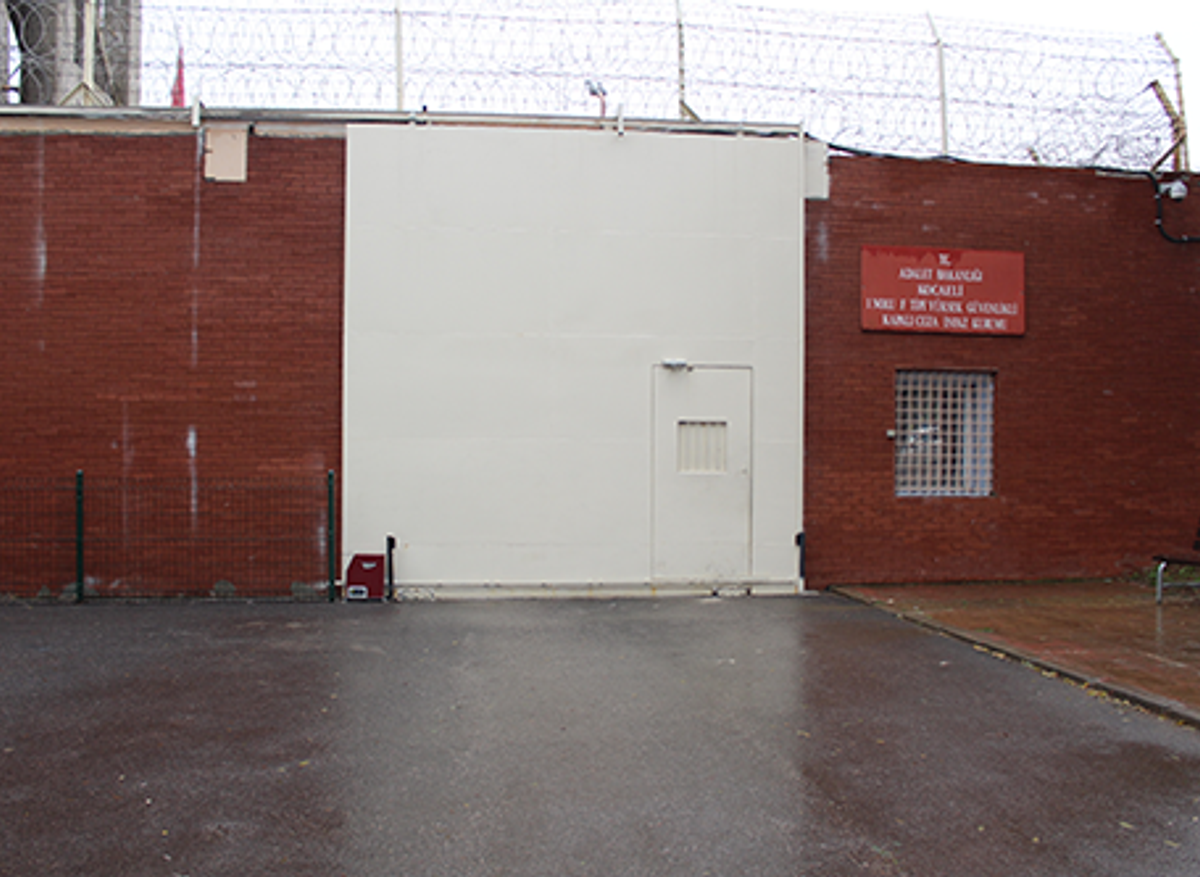
Kocaeli F Type High Security Closed Prison and Kocaeli Open Prison

Kocaeli F Type High Security Closed Prison and Kocaeli Open Prison
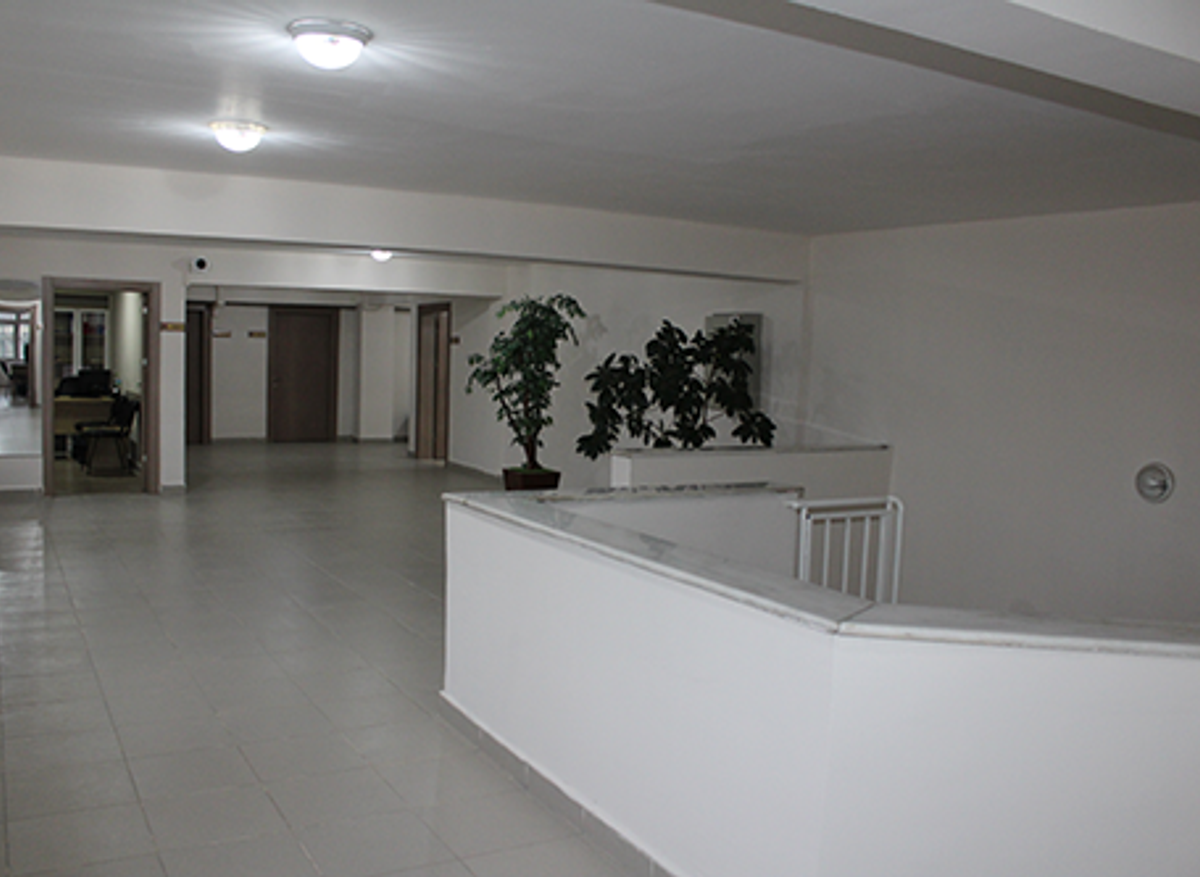
Kocaeli F Type High Security Closed Prison and Kocaeli Open Prison
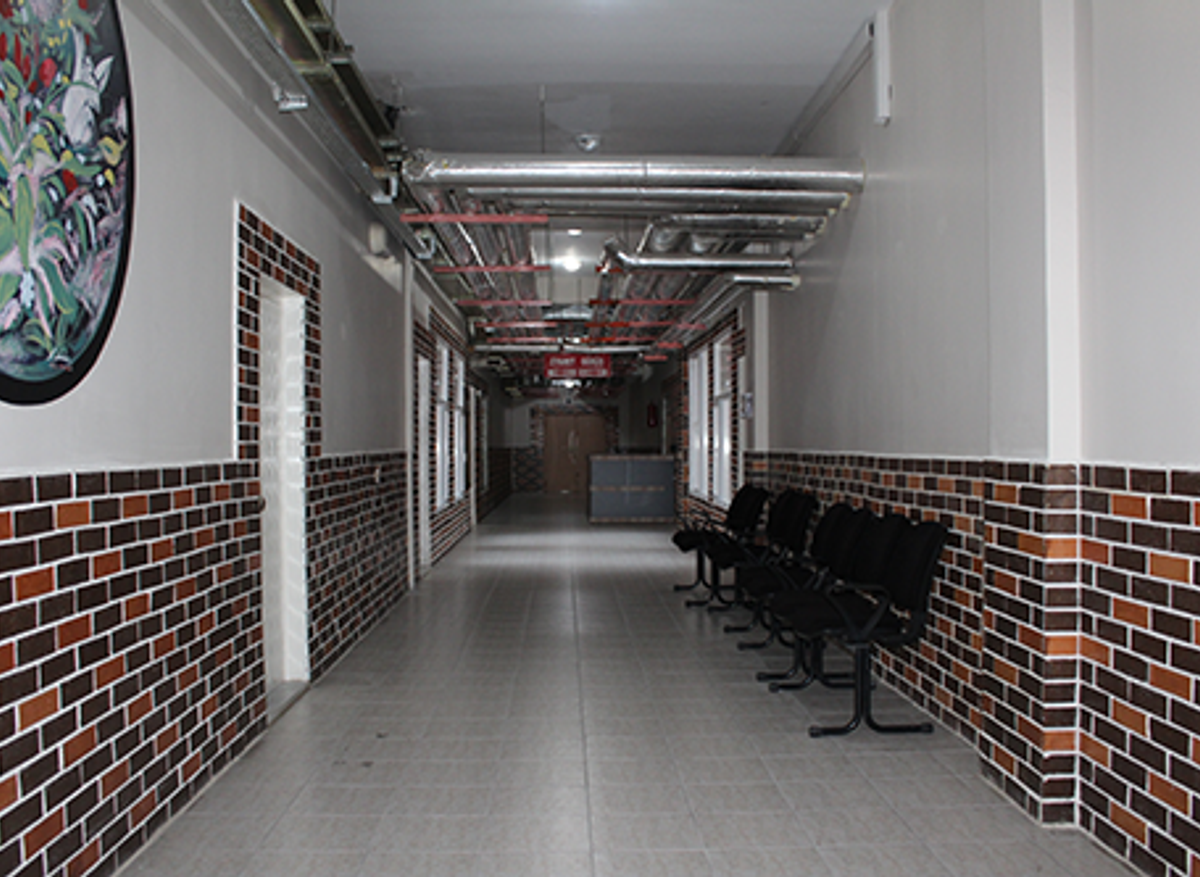
Kocaeli F Type High Security Closed Prison and Kocaeli Open Prison
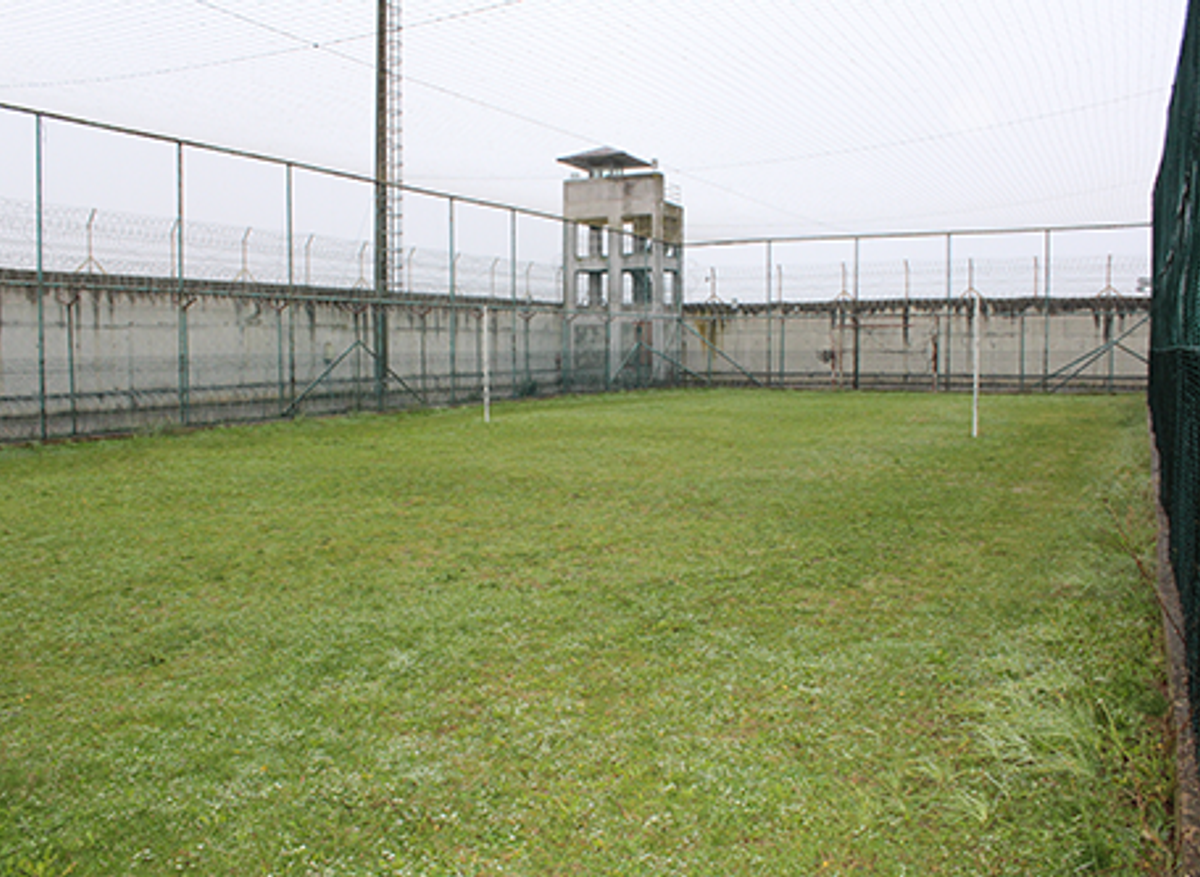
Kocaeli F Type High Security Closed Prison and Kocaeli Open Prison
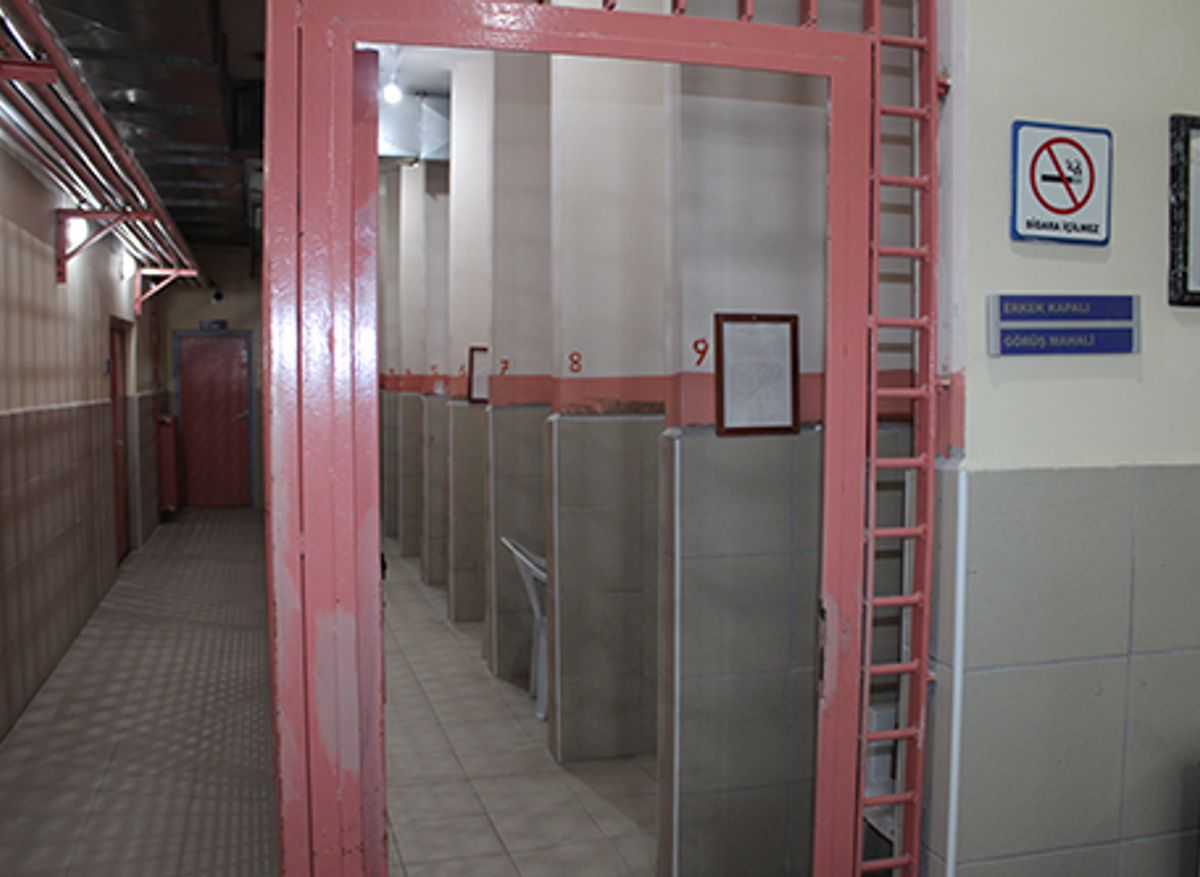
Kocaeli F Type High Security Closed Prison and Kocaeli Open Prison

Kocaeli F Type High Security Closed Prison and Kocaeli Open Prison
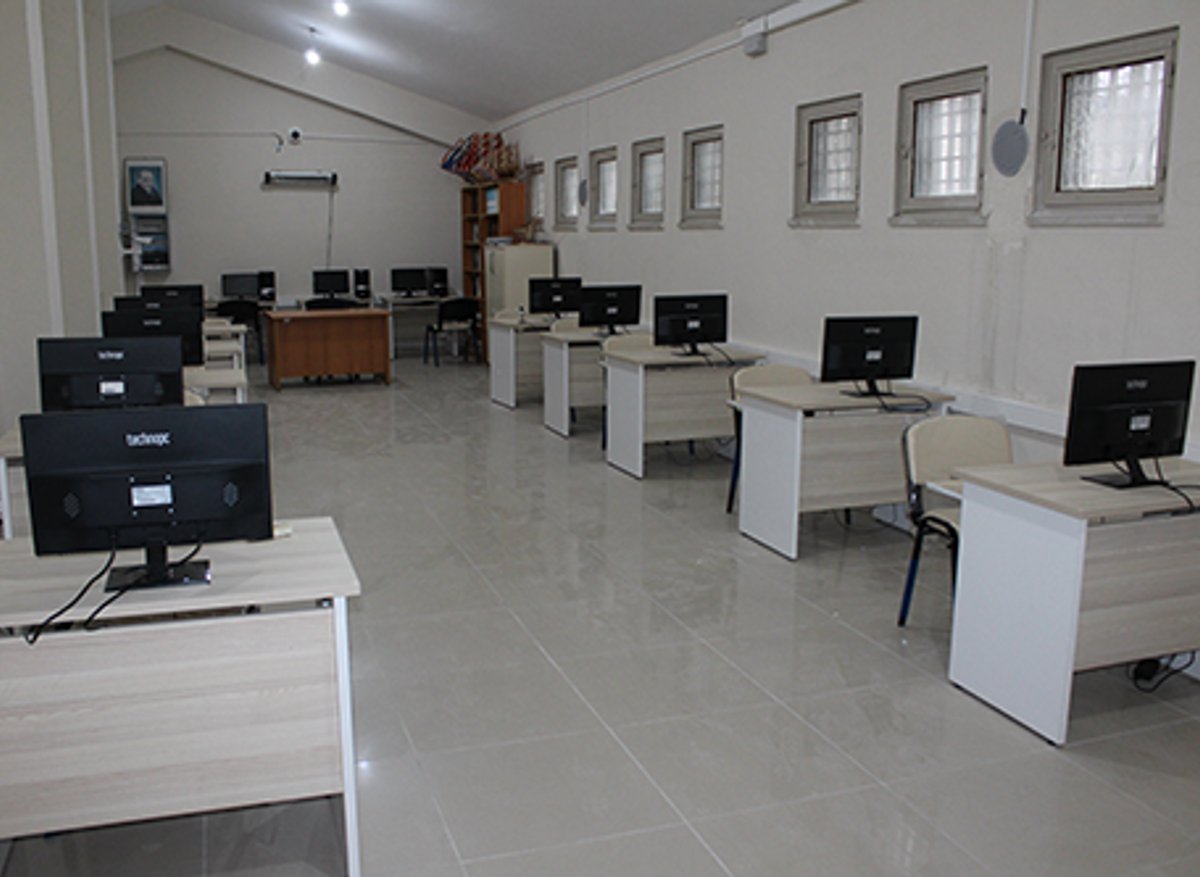
Kocaeli F Type High Security Closed Prison and Kocaeli Open Prison
Maltepe Juvenile Closed Prison and Maltepe Open Prison
Maltepe Juvenile Closed Prison became operational in 2008. It is approximately 15 kilometres away from the hotel where the conference will be held and within the borders of İstanbul province. It is within the Maltepe Prisons Campus. There are 5 prisons in Maltepe Prisons campus, these are 3 L-type prisons, 1 juvenile closed prison and 1 open prison. Maltepe Juvenile Closed Prison was designed according to single room system and built on an area of 38.000 m2. It consists of 3 blocks as A, B, C. There are 12 units in each block. There are 9 single room systems in each unit.
The institution also has 1 indoor sport hall, 1 outdoor football field with a soil floor, 1 artificial turf field. Following the completion of Blocks, A and C, there are 2 workshops with 8 ateliers which are used in the education and rehabilitation activities of juveniles. In order to continue educational activities in the institution, there are 4 classrooms, 2 computer classrooms, 1 library and 1 unit which is also used as a cinema hall with activities such as meetings, seminars etc.
There are 2 open visit areas, 3 closed visit areas for 7 people each, 9 lawyer visit areas, 3 SEGBİS rooms and 3 family visit rooms. Besides, there are 36 MMCs installed in the institution within the scope of ACEP Project. Prisoners can make audio and video calls, canteen shopping, online payments and many other services digitally through these devices.It will also be possible to visit the open prison during this programme.
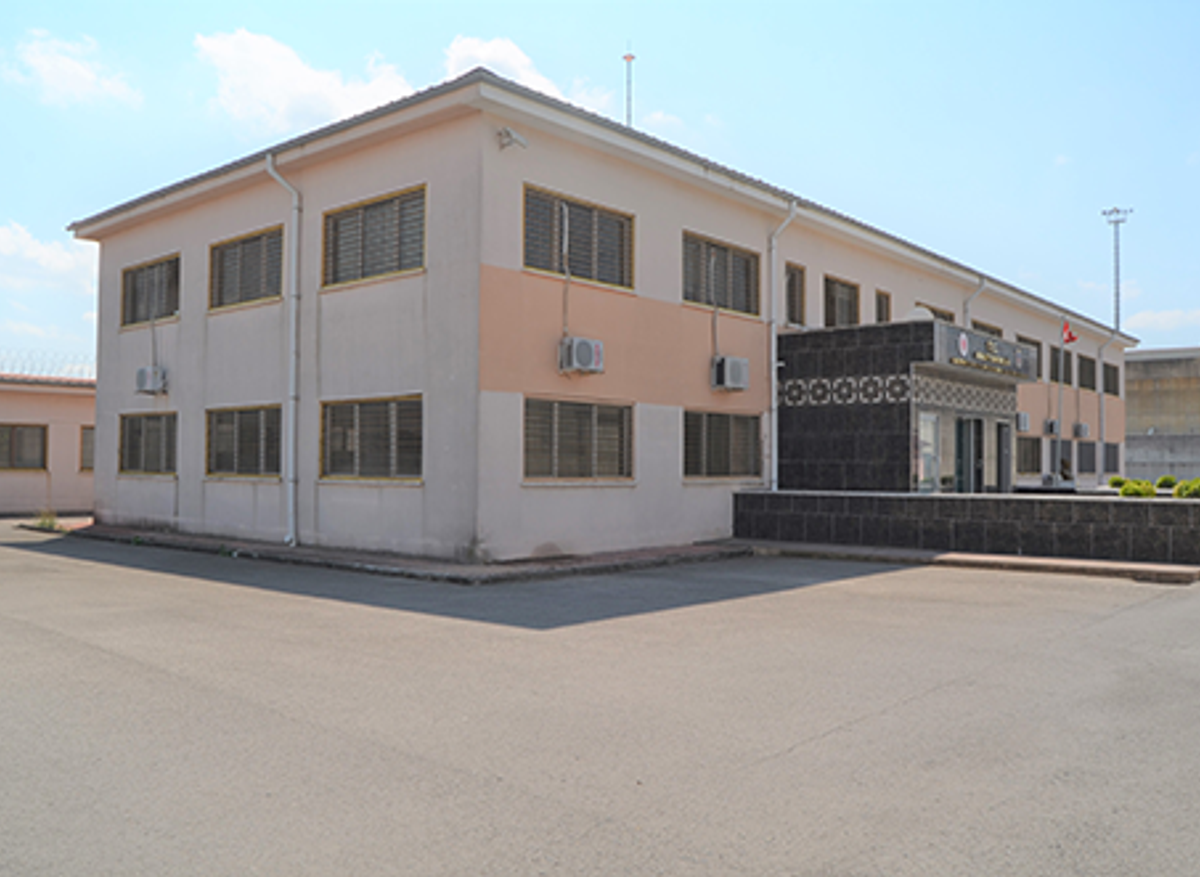
Maltepe Juvenile Closed Prison and Maltepe Open Prison
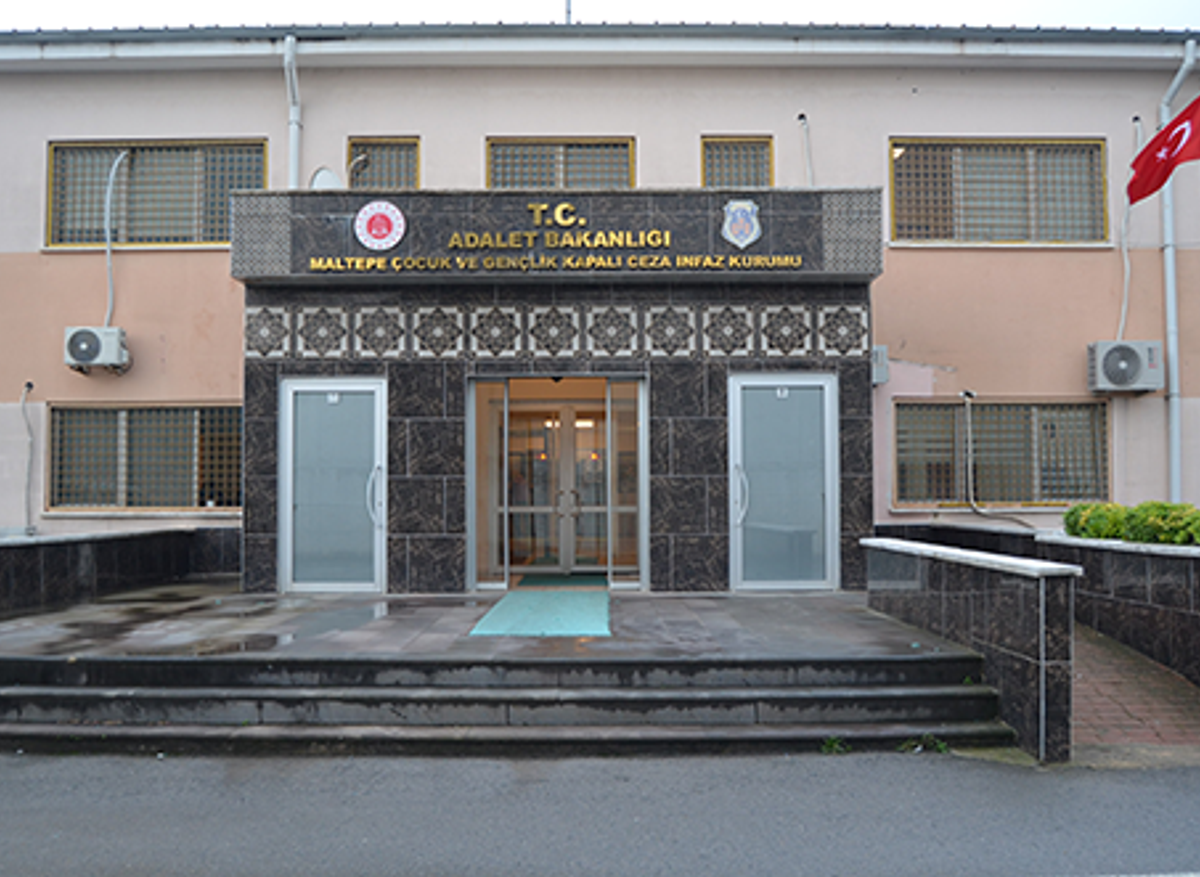
Maltepe Juvenile Closed Prison and Maltepe Open Prison
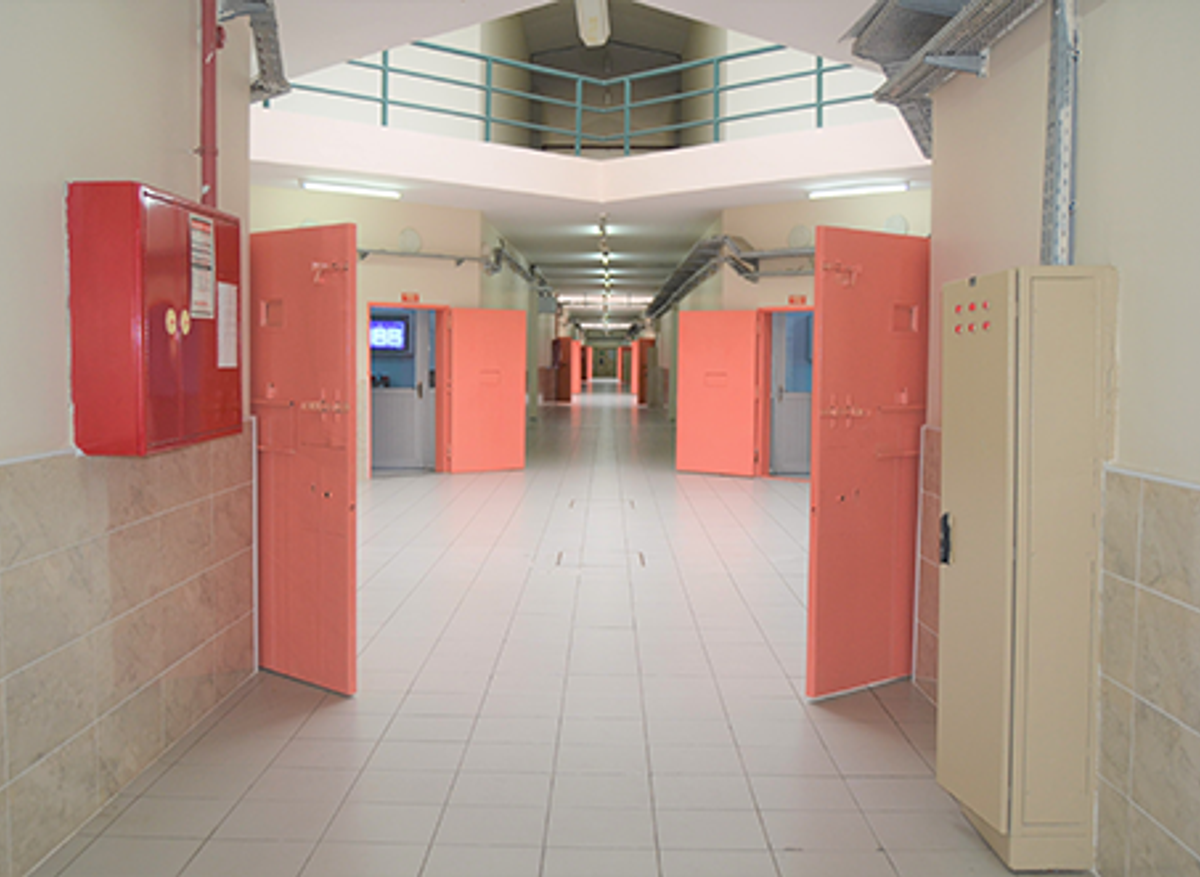
Maltepe Juvenile Closed Prison and Maltepe Open Prison
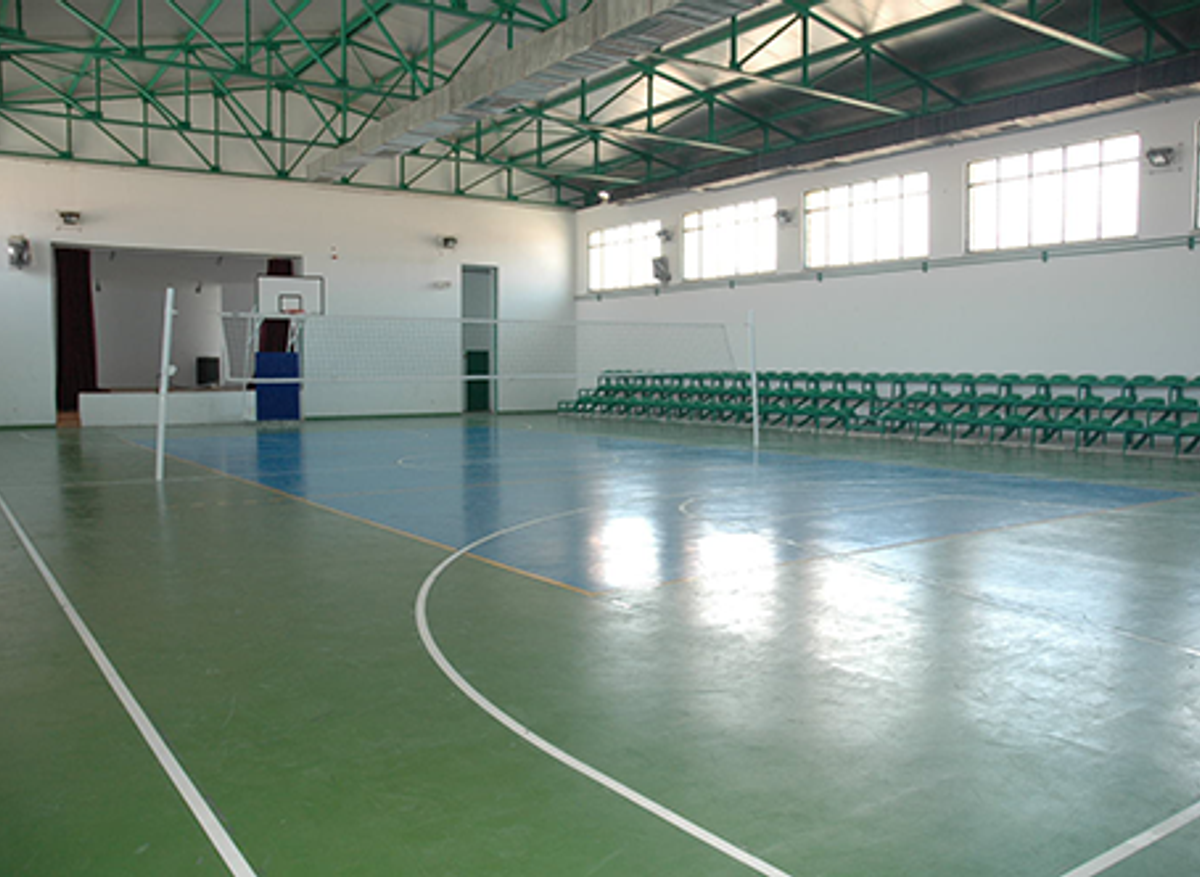
Maltepe Juvenile Closed Prison and Maltepe Open Prison

Maltepe Juvenile Closed Prison and Maltepe Open Prison
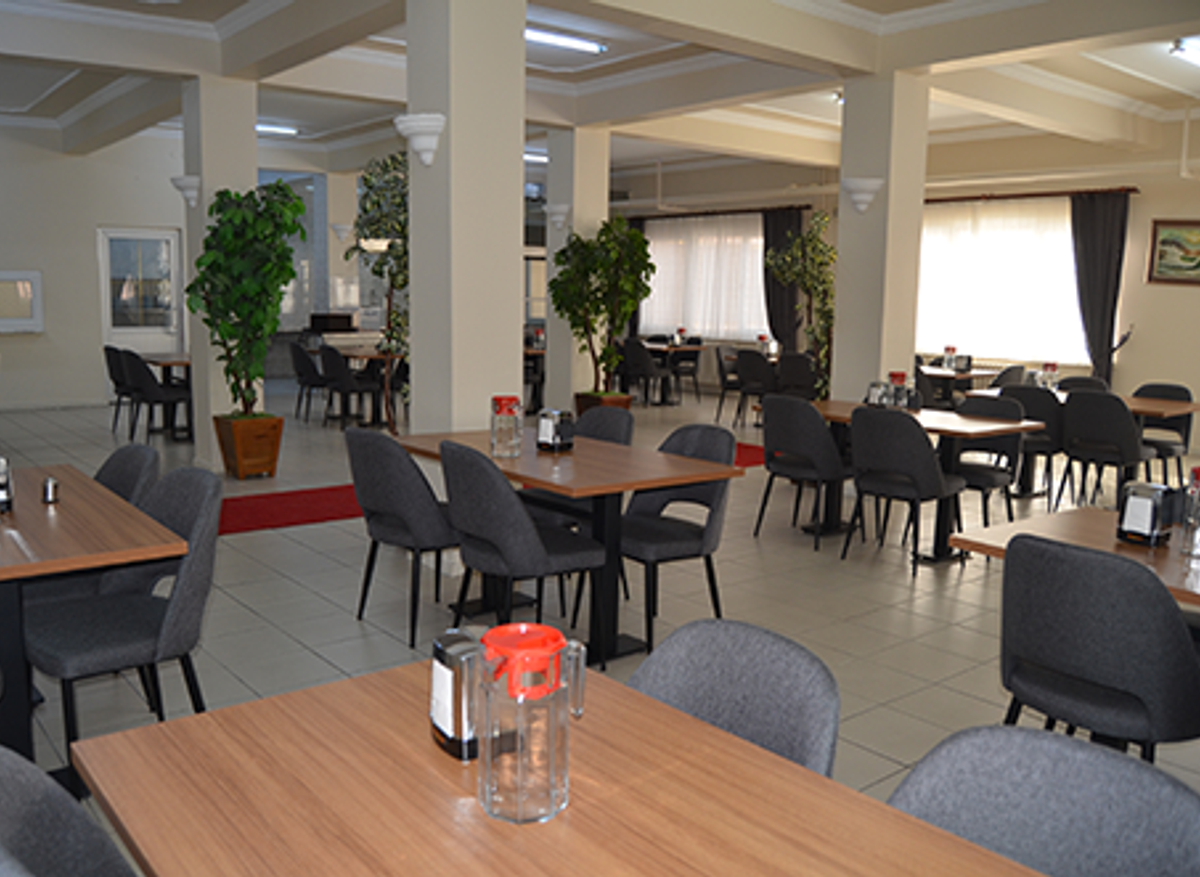
Maltepe Juvenile Closed Prison and Maltepe Open Prison
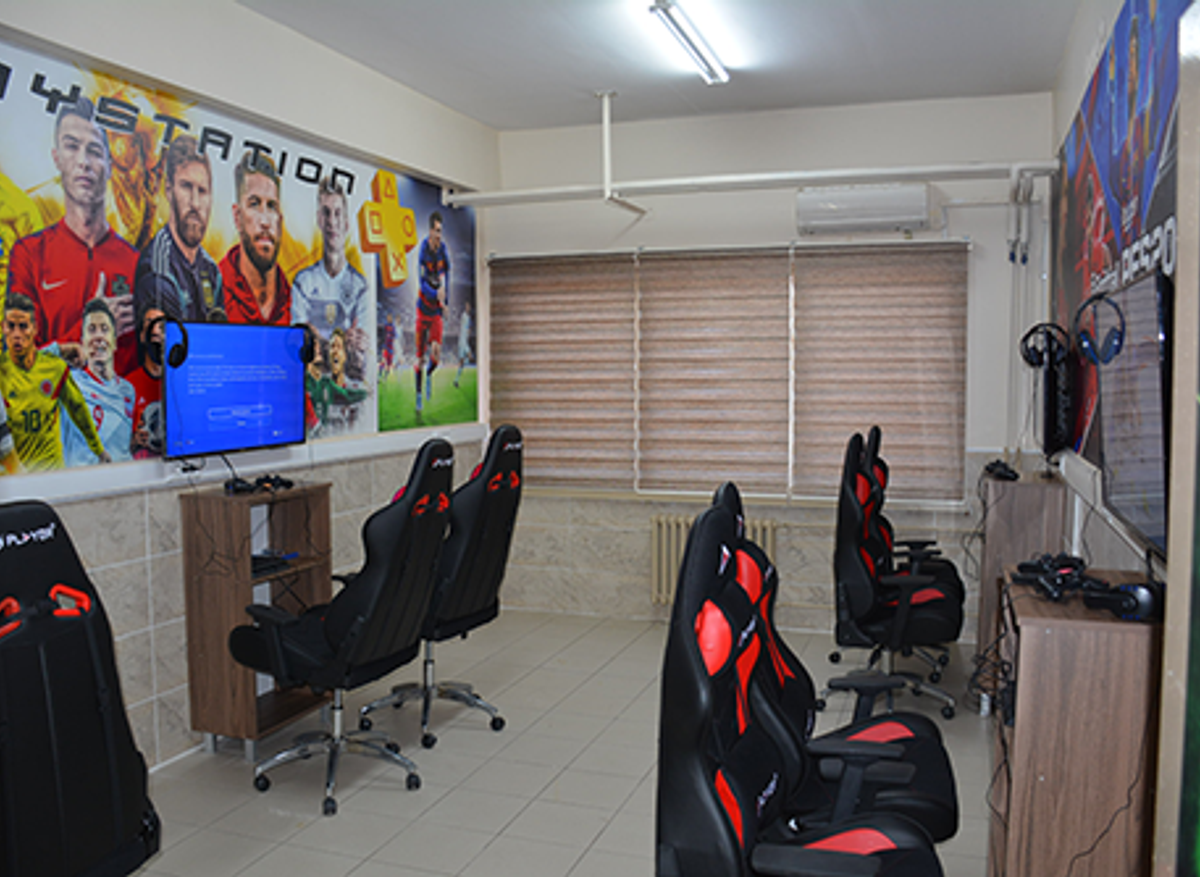
Maltepe Juvenile Closed Prison and Maltepe Open Prison
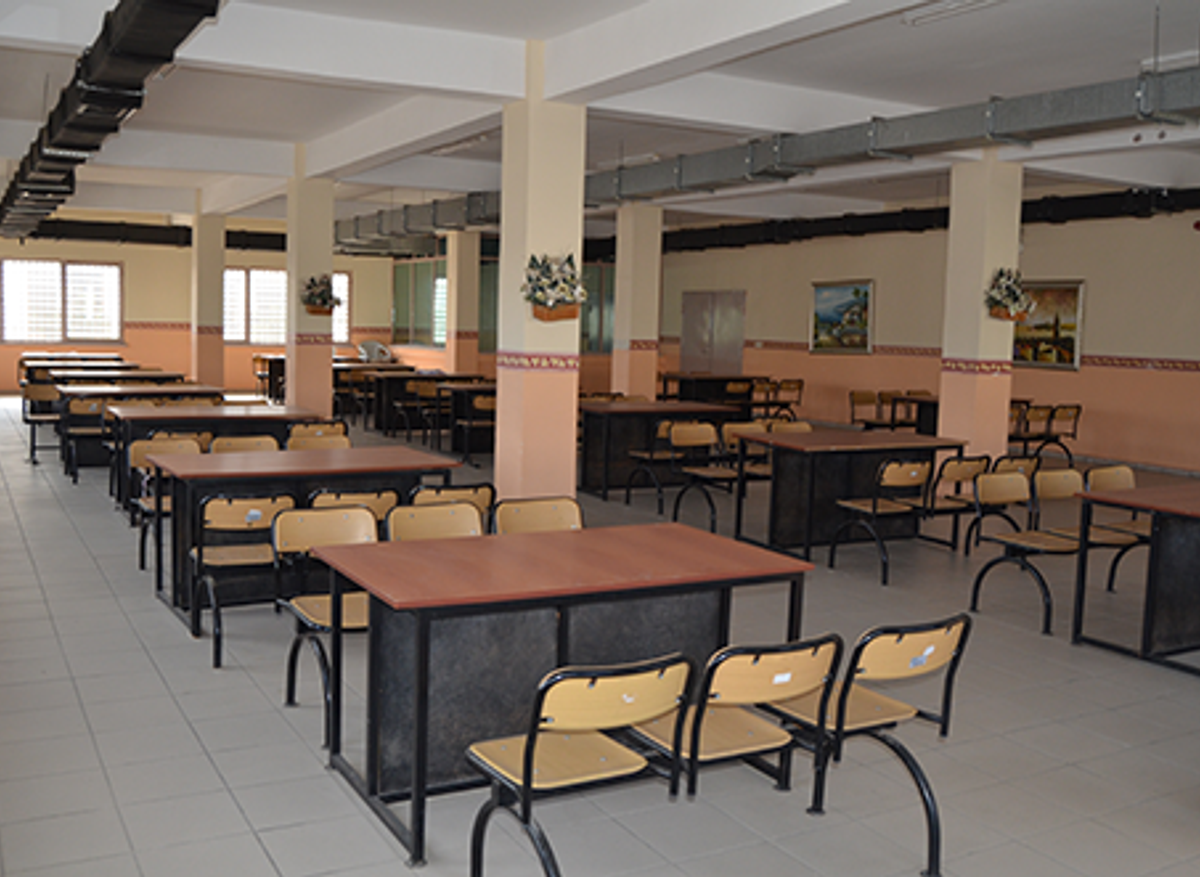
Maltepe Juvenile Closed Prison and Maltepe Open Prison
Sakarya L Type Closed Prison and Sakarya Open Prison
Sakarya L Type Closed Prison became operational in 2022. It is approximately 140 kilometres away from the hotel where the conference will be held and within the borders of Sakarya province. It is within the Sakarya Prisons Campus. There are 4 prisons in Sakarya Prisons Campus, these are 3 L-type prisons and 1 open prison.
The capacity of the prison is 1318 prisoners and it consists of 6 blocks. It was established on 6 blocks on an area of approximately 41 acres within the Prison Campus. There are 45 rooms for 24-person with a total capacity of 1080; 14 rooms for 7-person with a total capacity of 98; 14 rooms for 3-person with a total capacity of 42; 2 disabled rooms for 3-person with a total capacity of 6; 92 rooms for 1-person with a total capacity of 92; 4 padded rooms for 1-person.
Besides, there are 75 MMCs installed in the institution within the scope of ACEP Project. Prisoners can make audio and video calls, canteen shopping, online payments and many other services digitally through these devices.It will also be possible to visit the open prison during this programme.
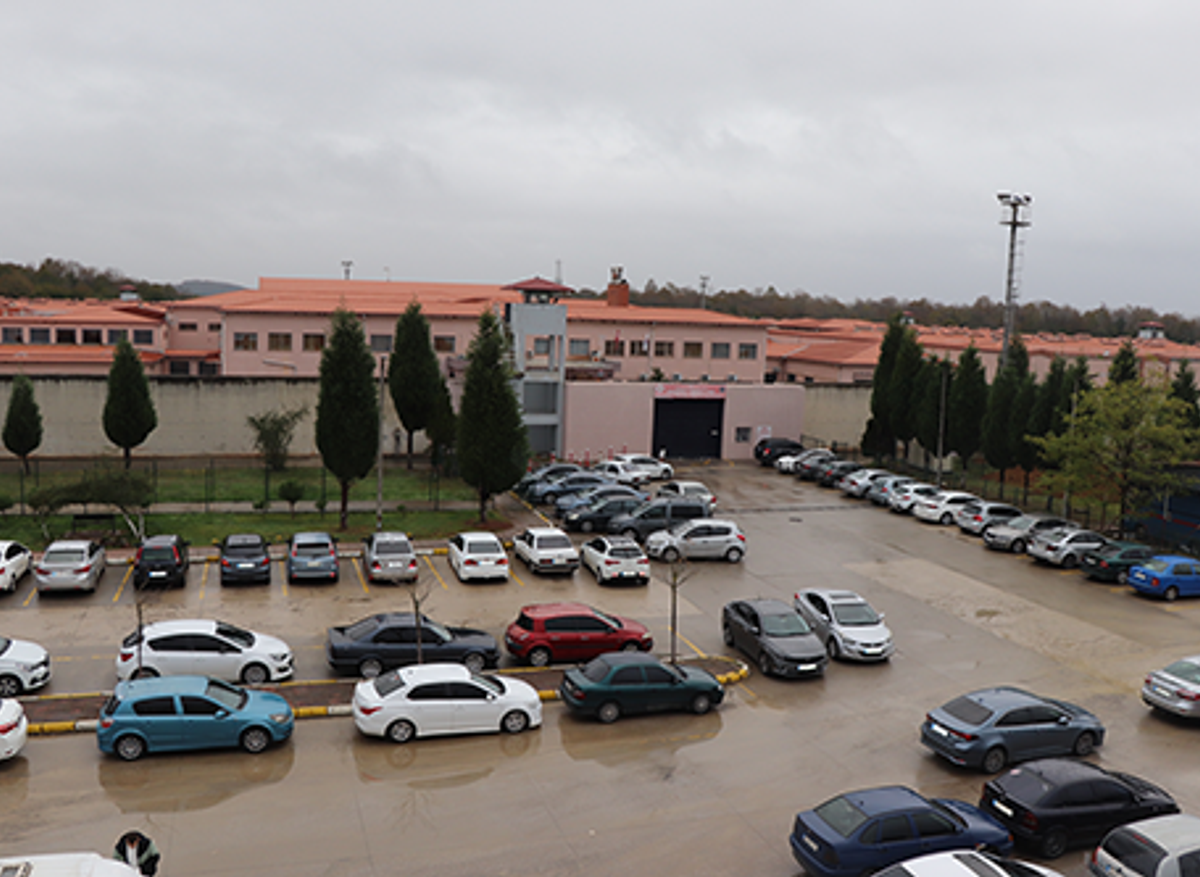
Sakarya L Type Closed Prison and Sakarya Open Prison
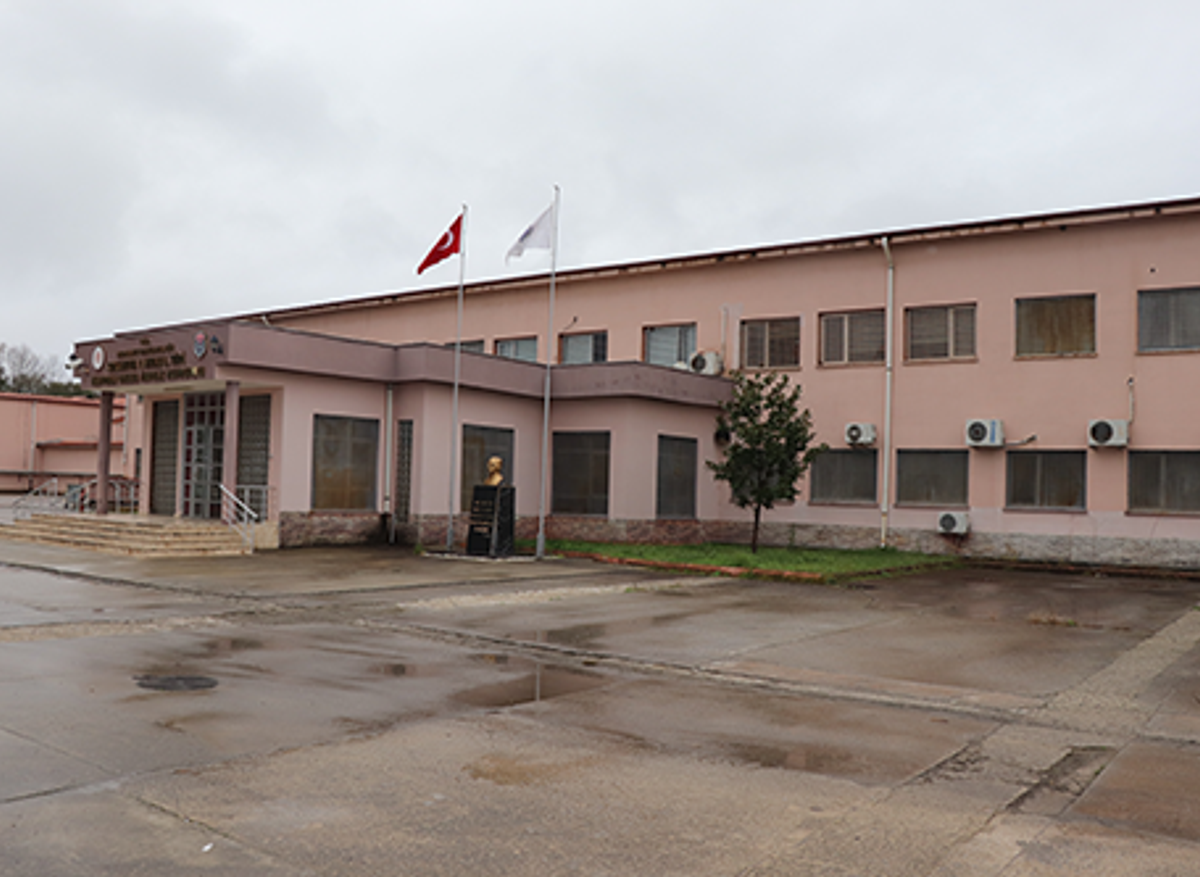
Sakarya L Type Closed Prison and Sakarya Open Prison
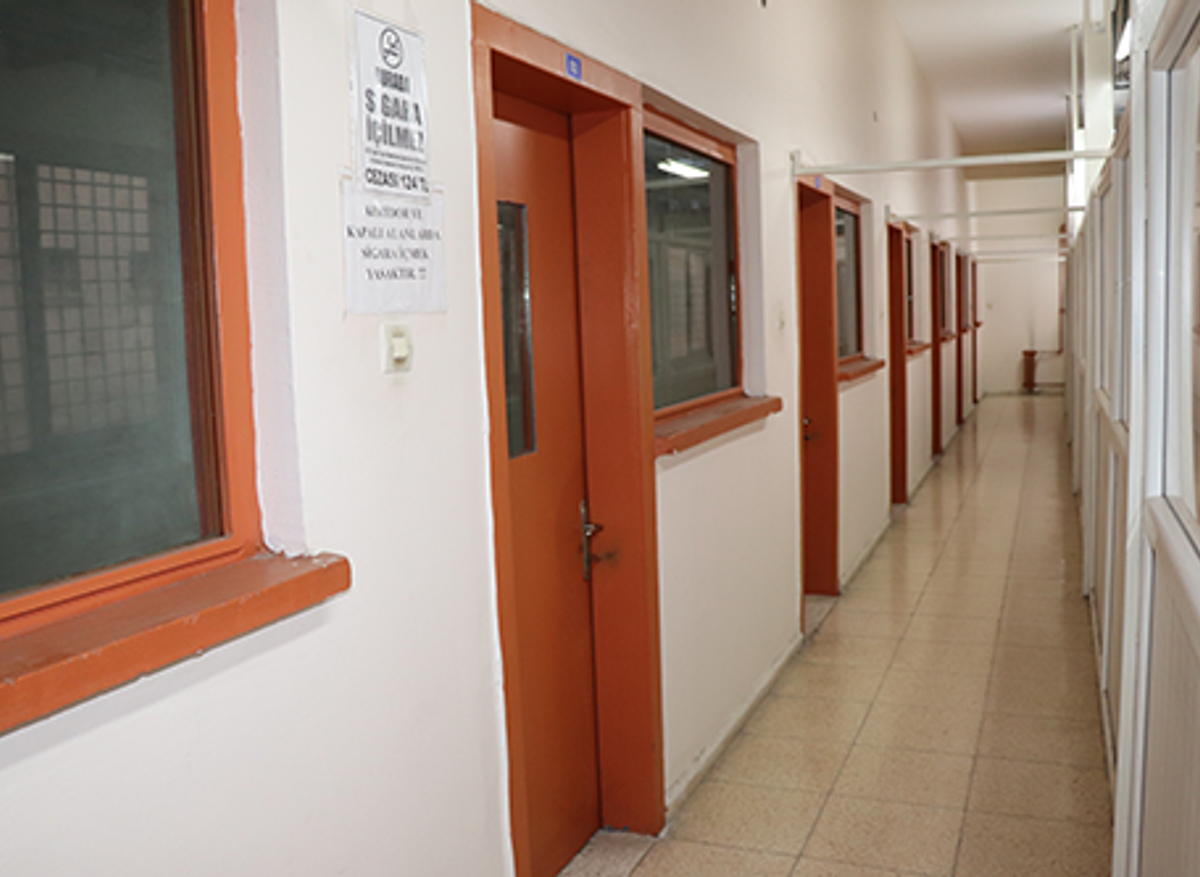
Sakarya L Type Closed Prison and Sakarya Open Prison
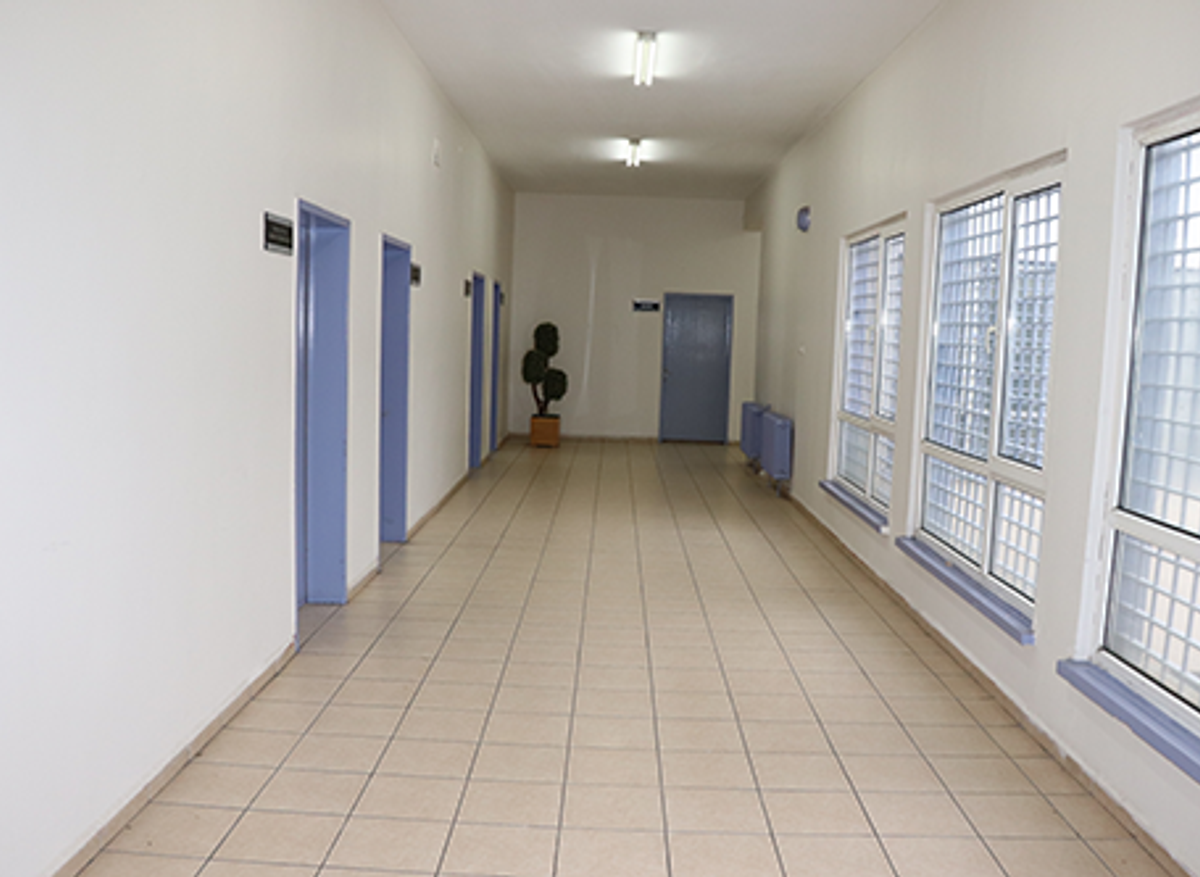
Sakarya L Type Closed Prison and Sakarya Open Prison
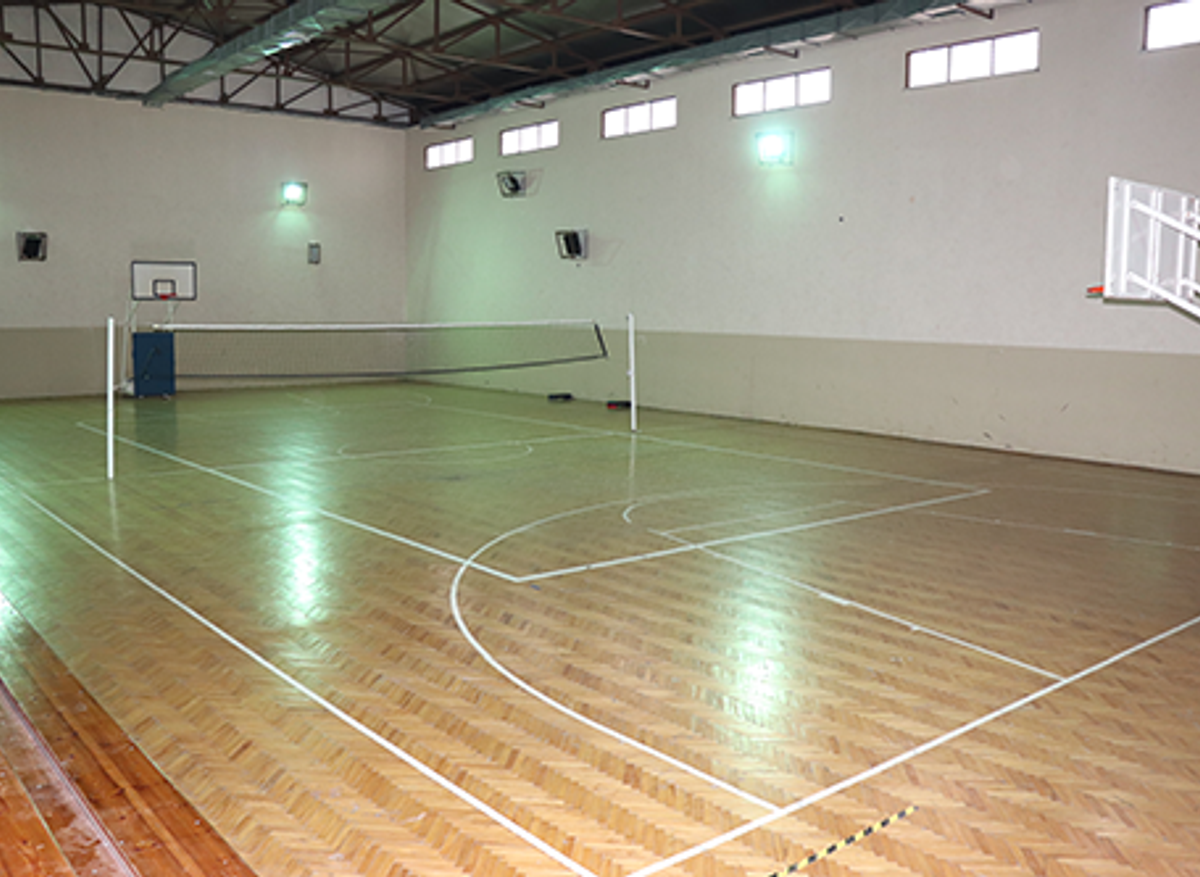
Sakarya L Type Closed Prison and Sakarya Open Prison
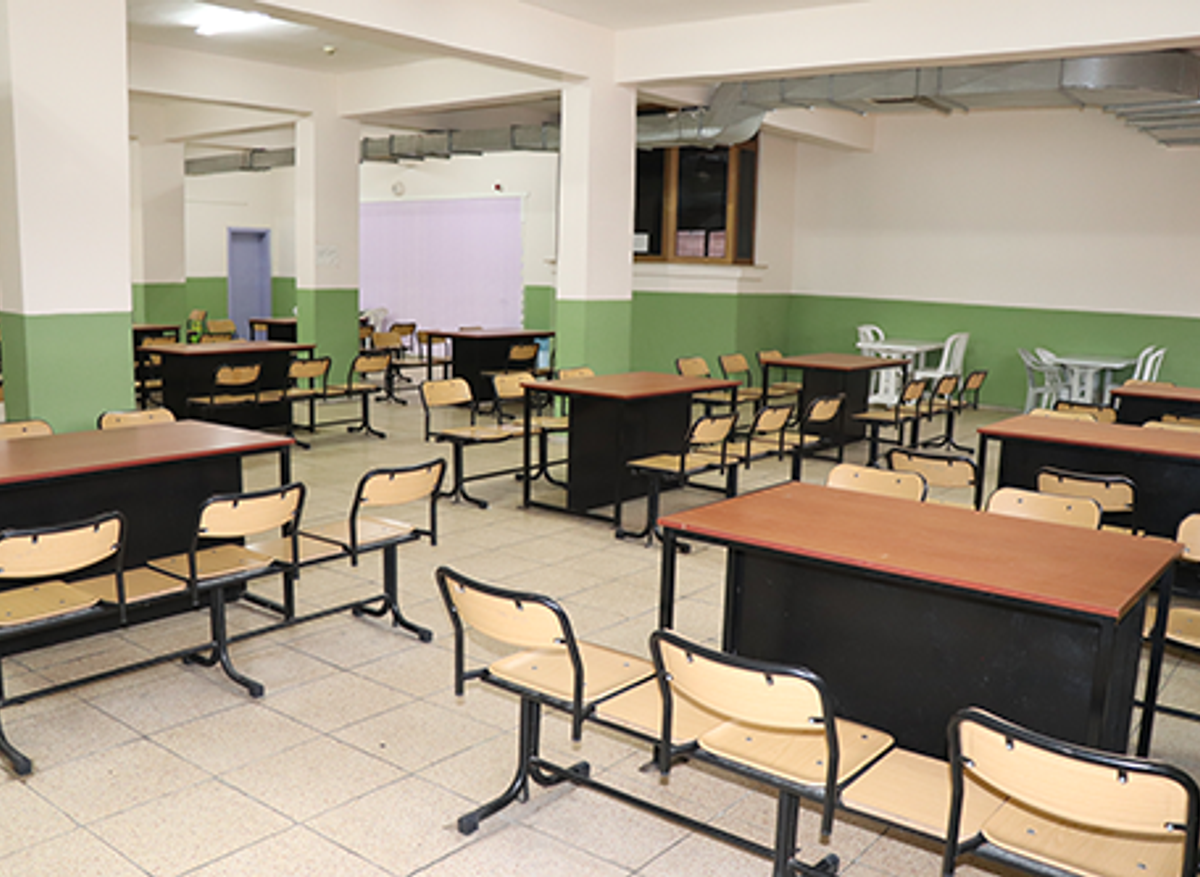
Sakarya L Type Closed Prison and Sakarya Open Prison
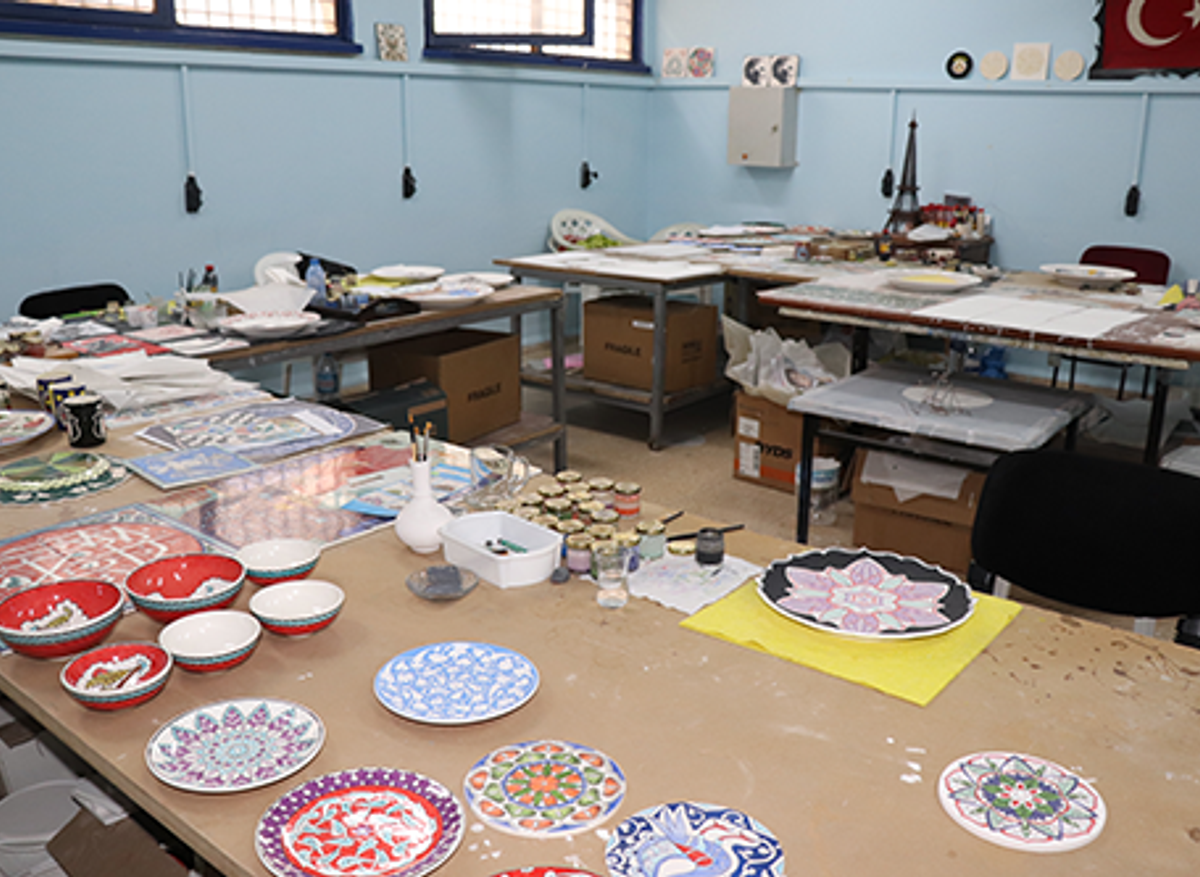
Sakarya L Type Closed Prison and Sakarya Open Prison

Sakarya L Type Closed Prison and Sakarya Open Prison
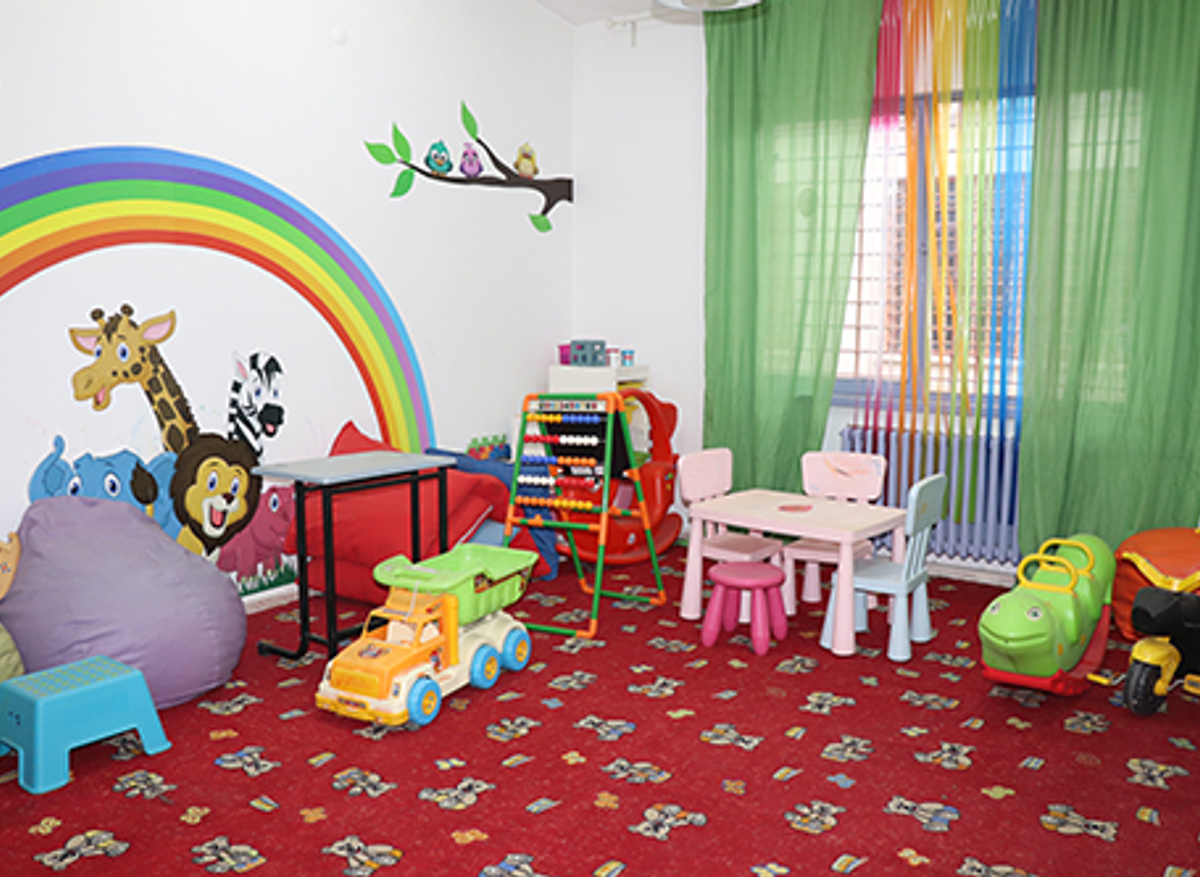
Sakarya L Type Closed Prison and Sakarya Open Prison

